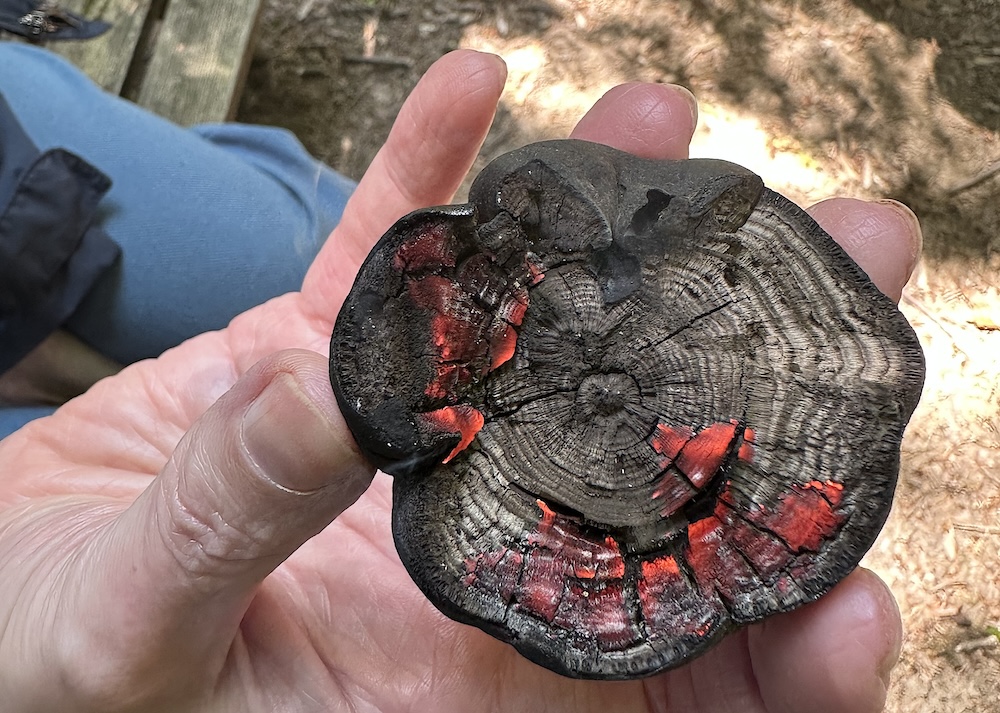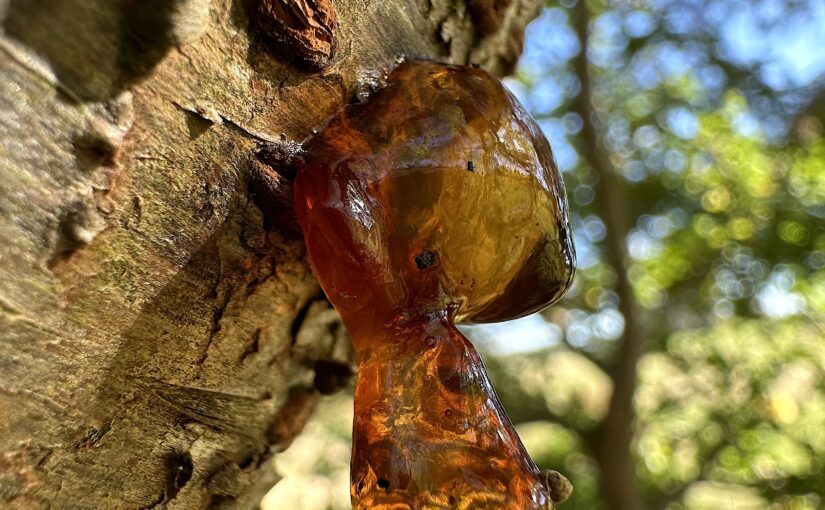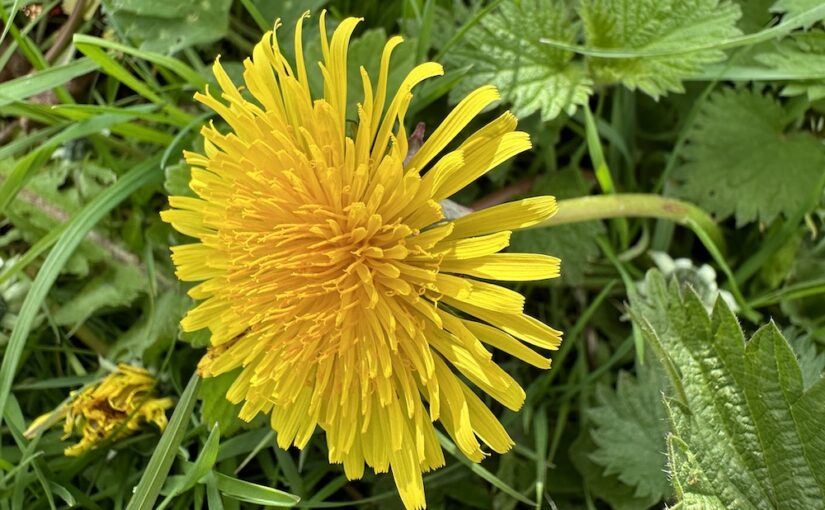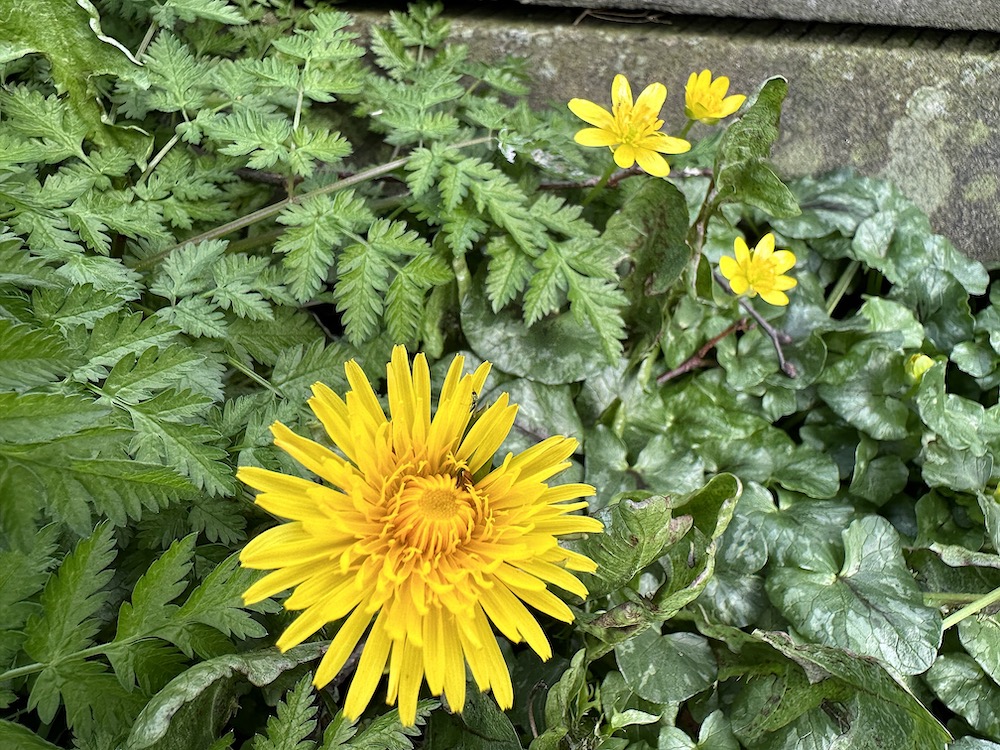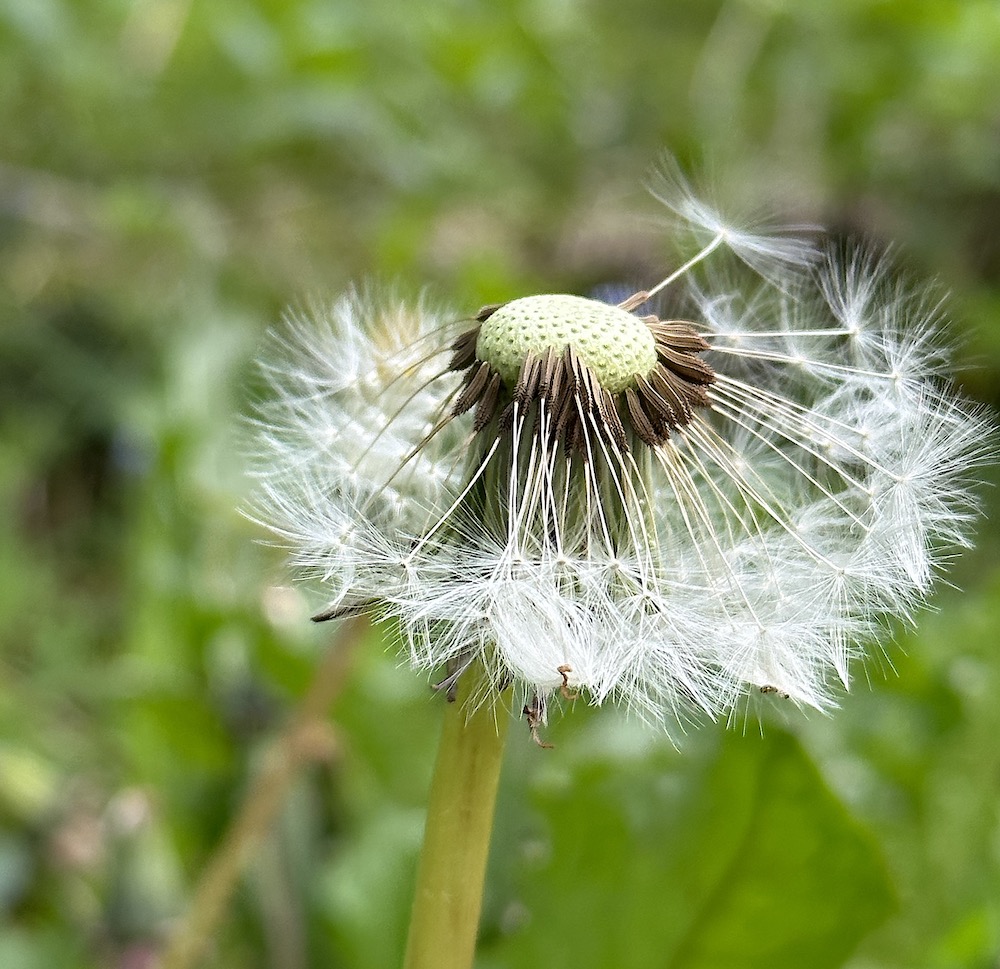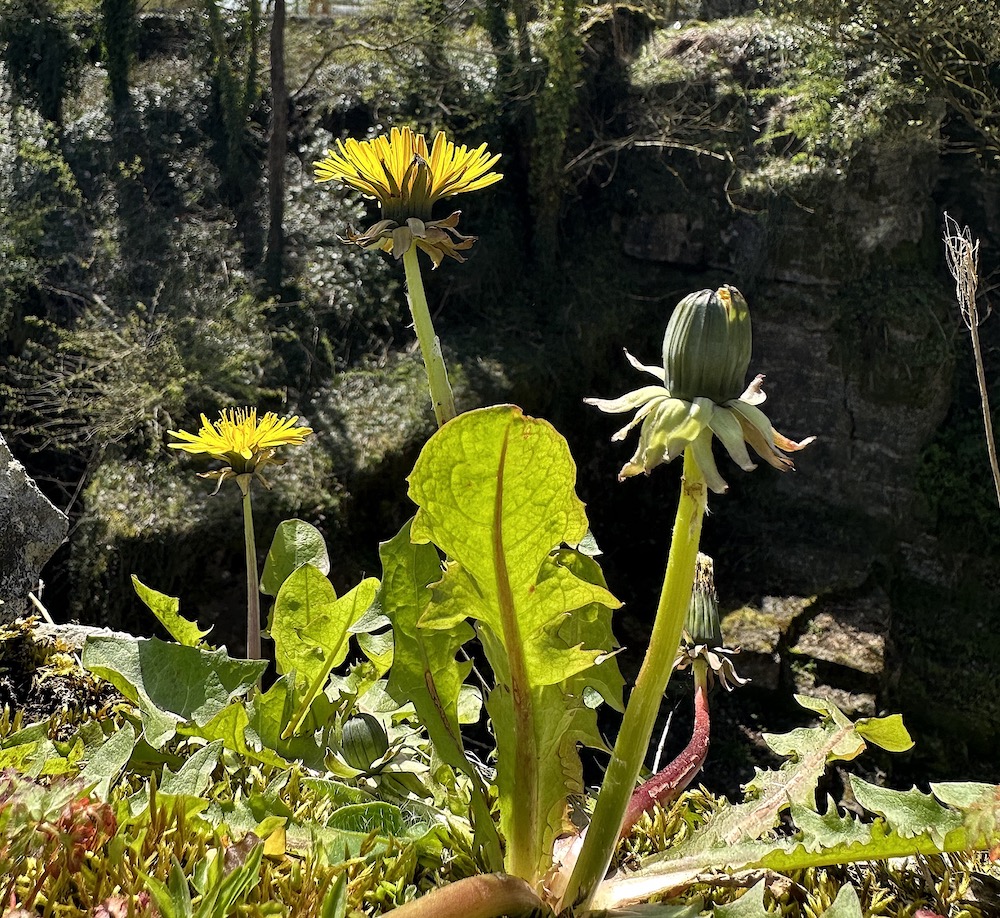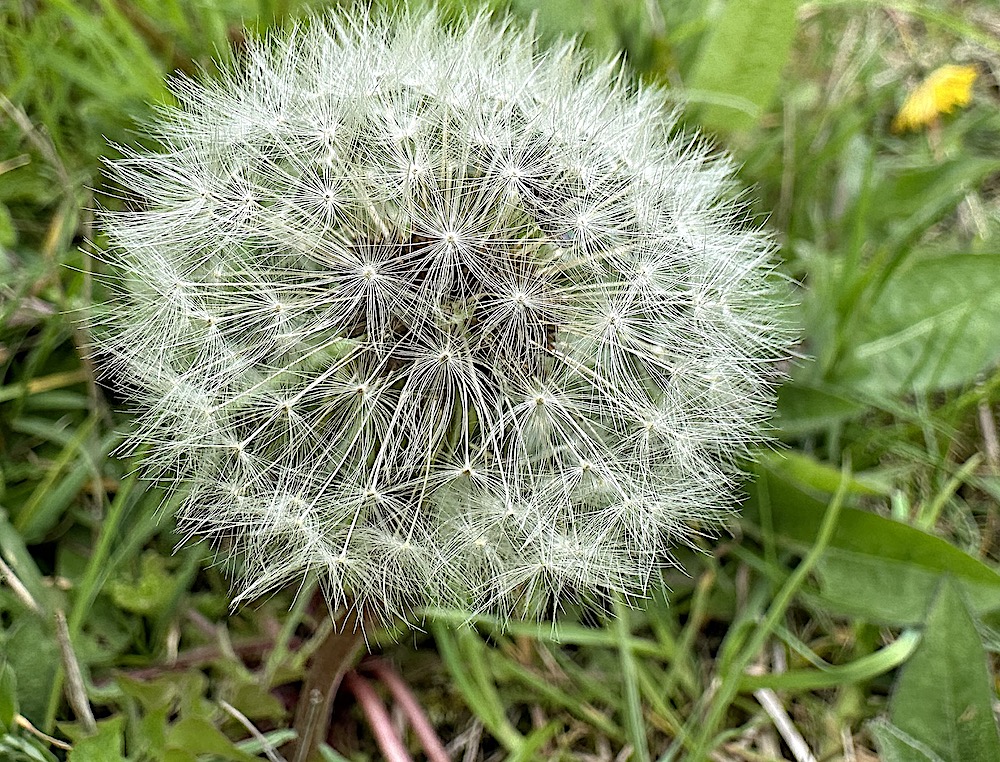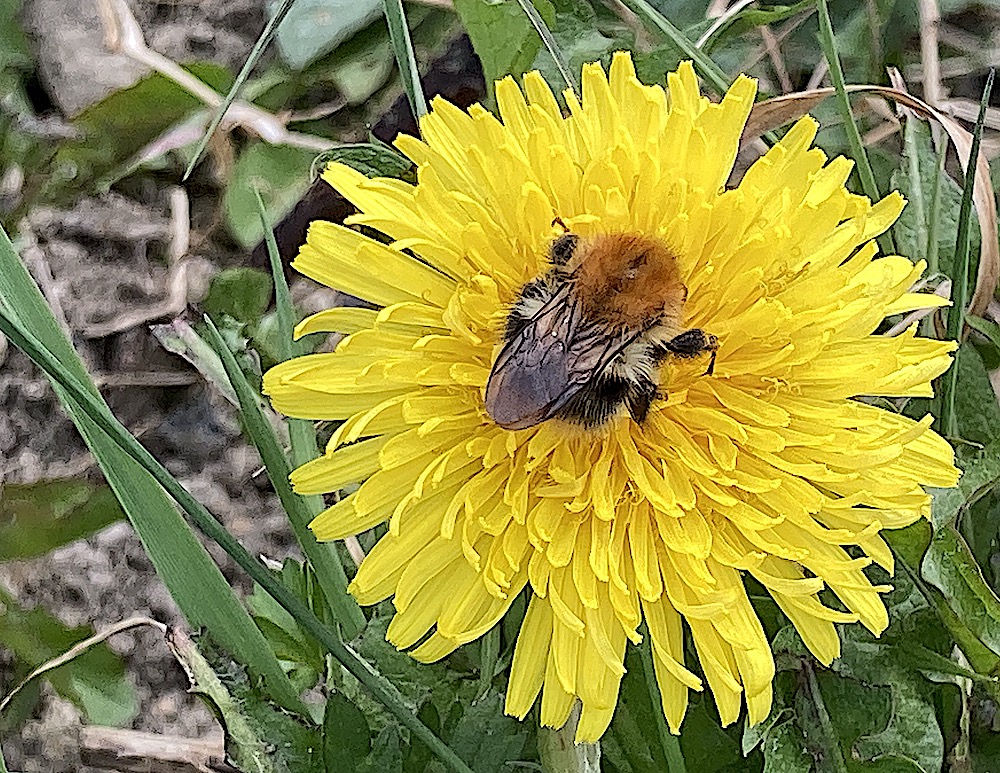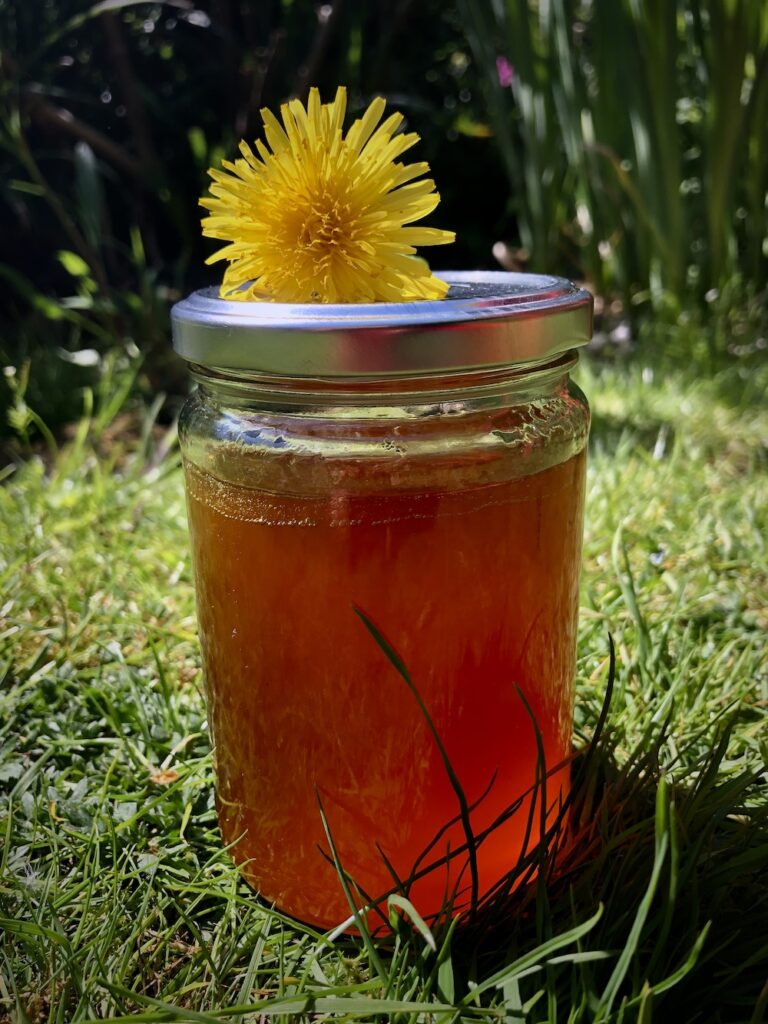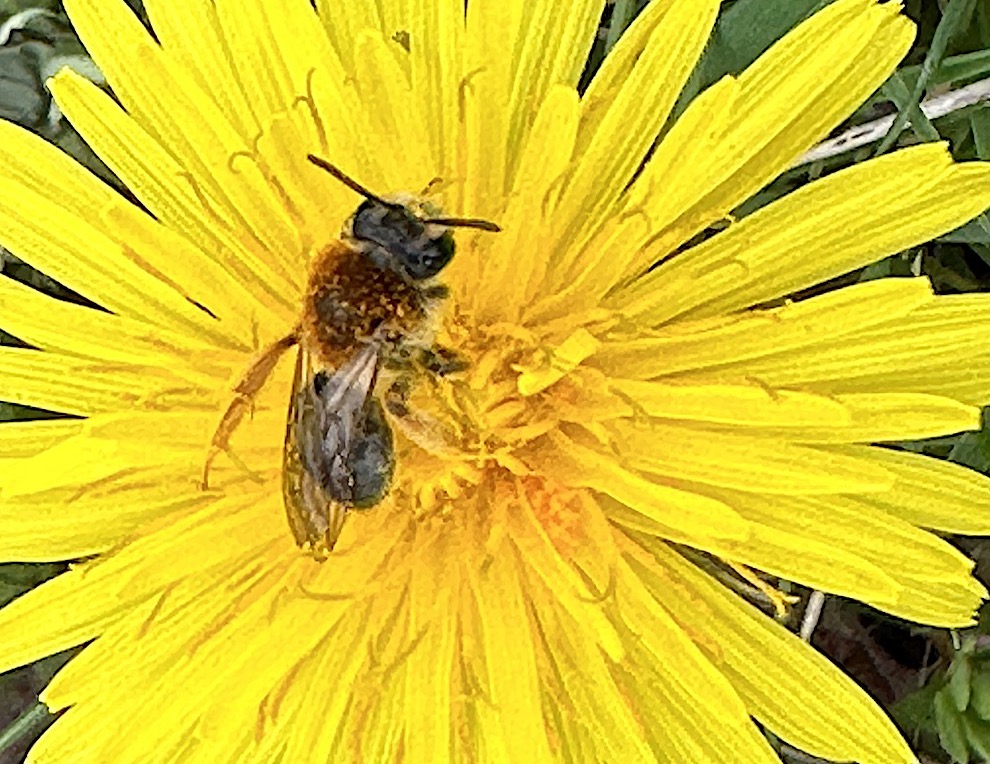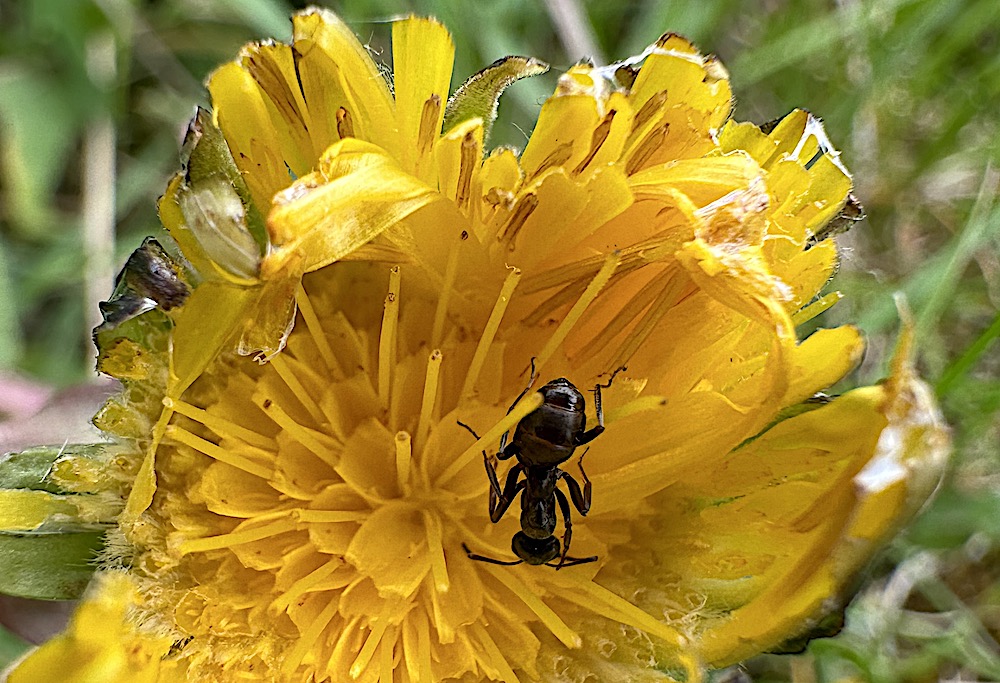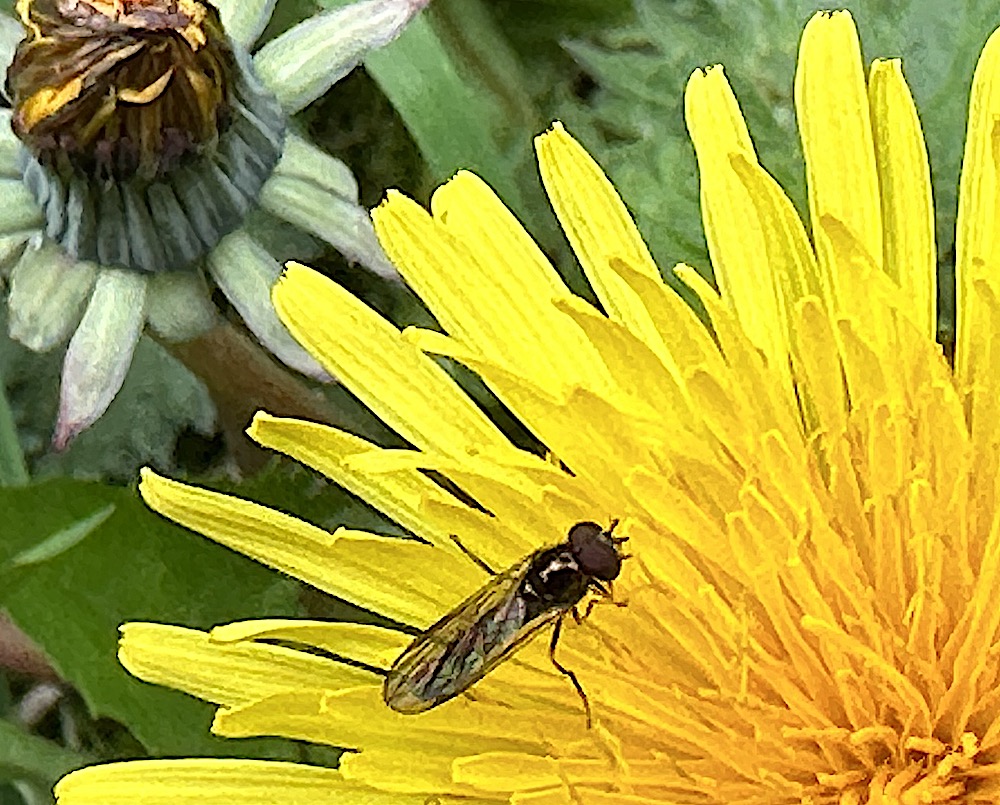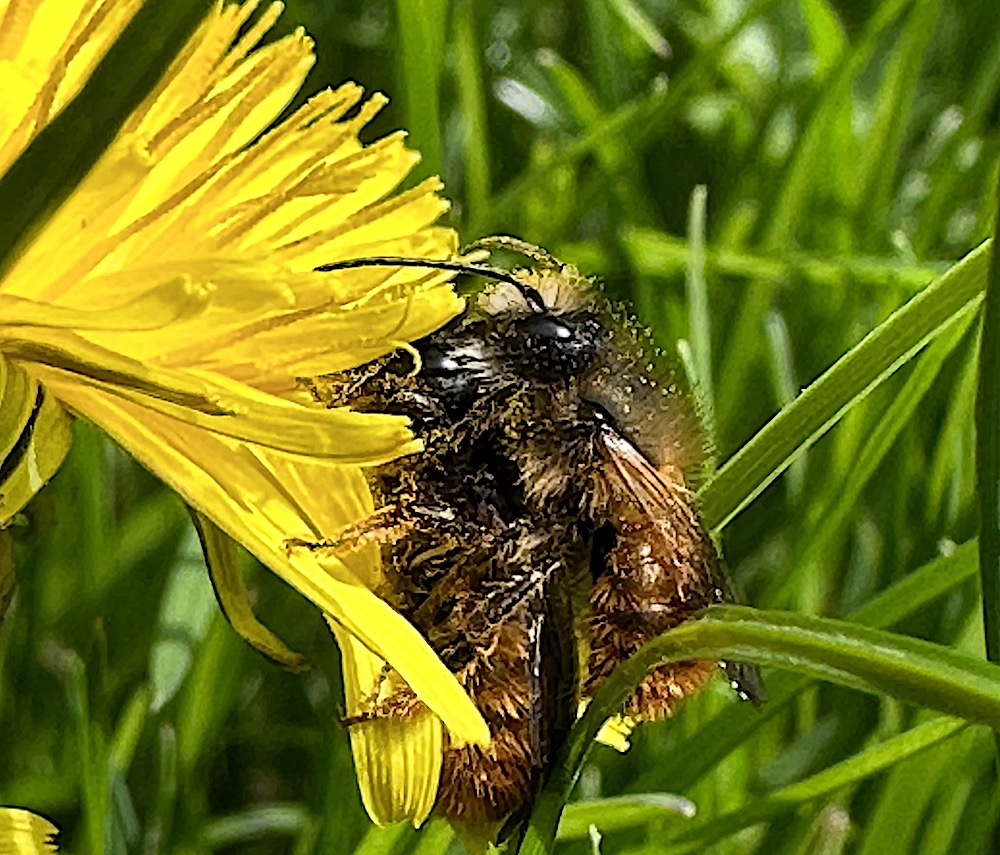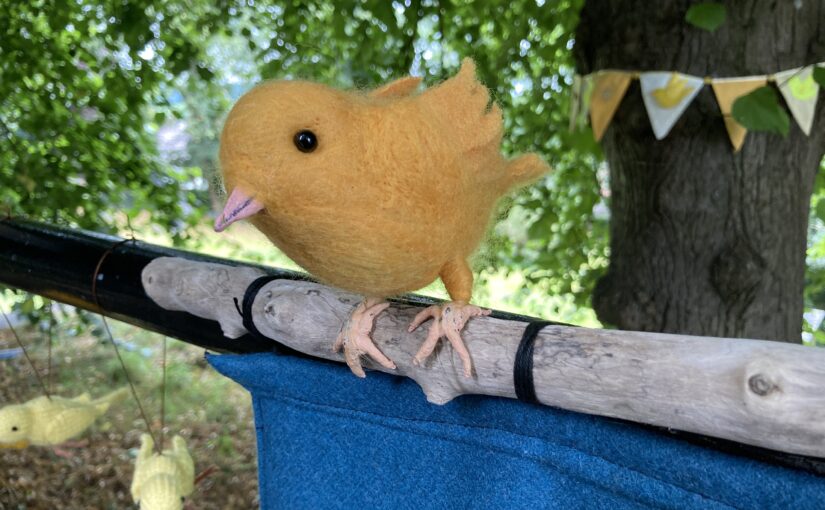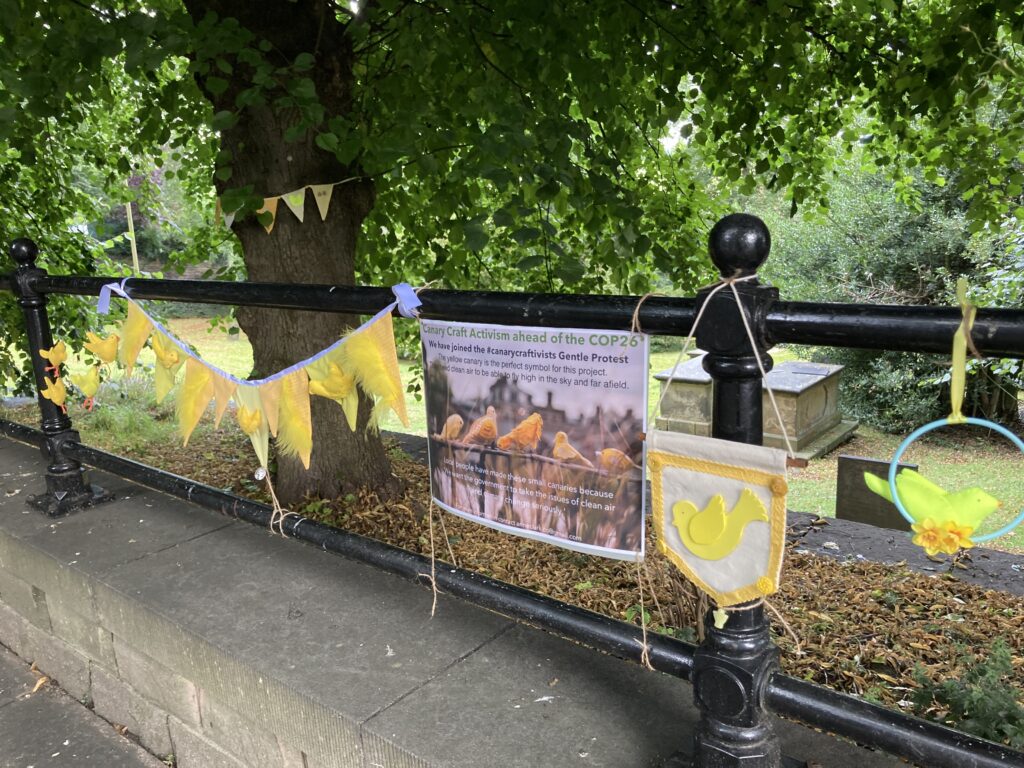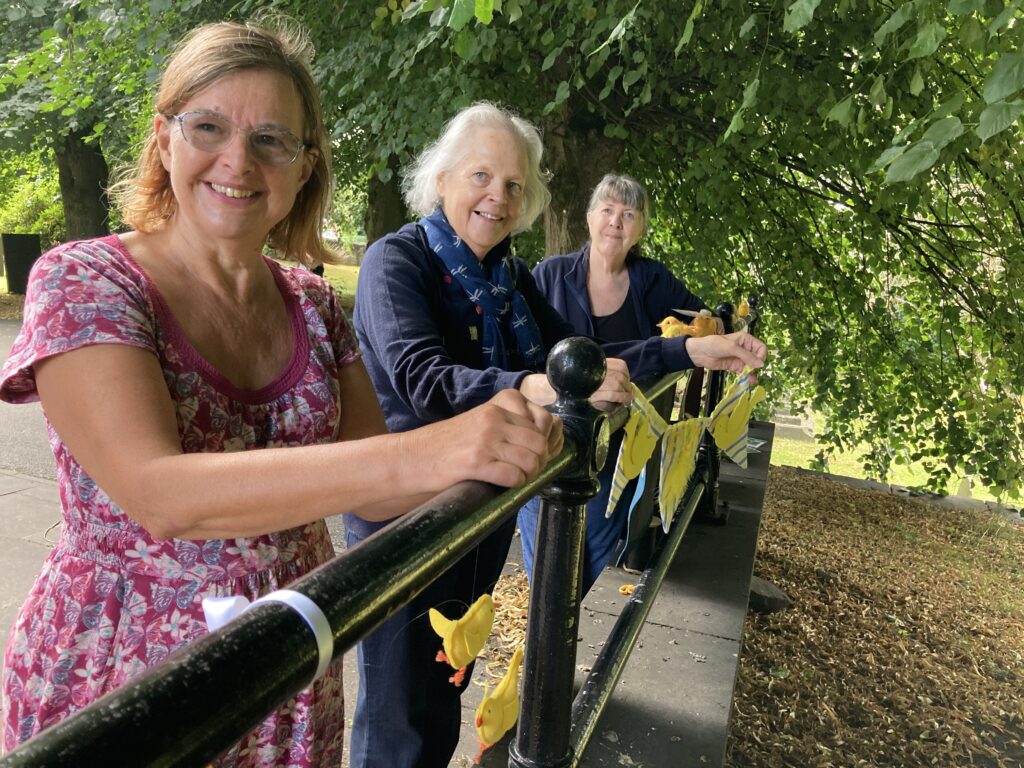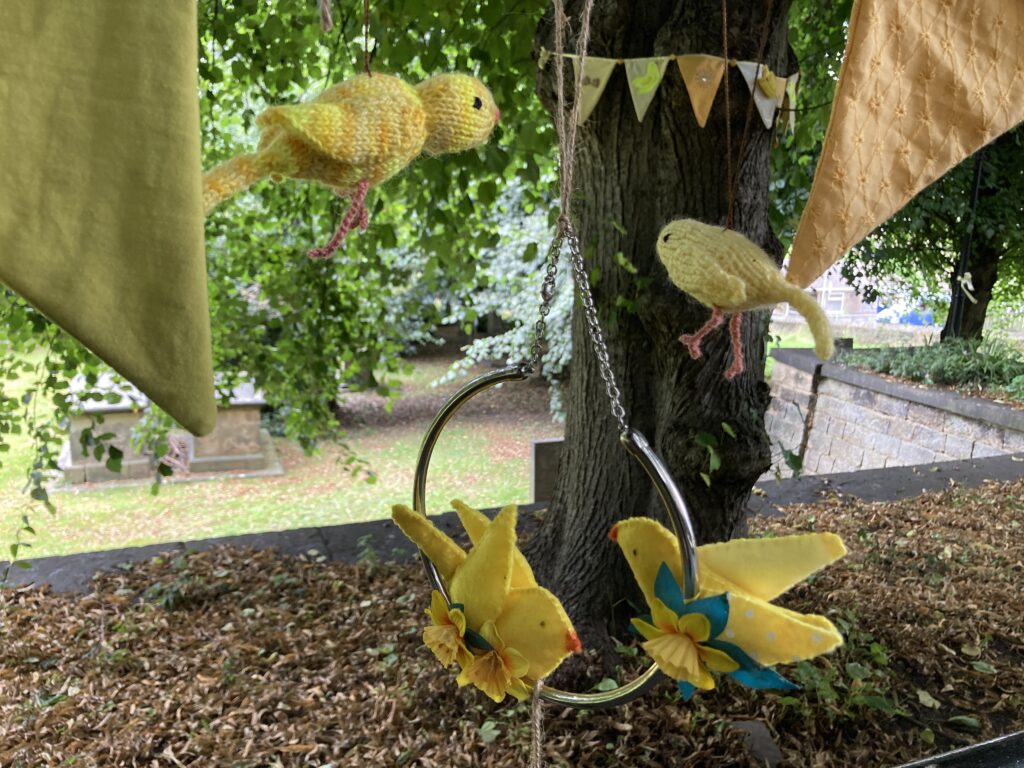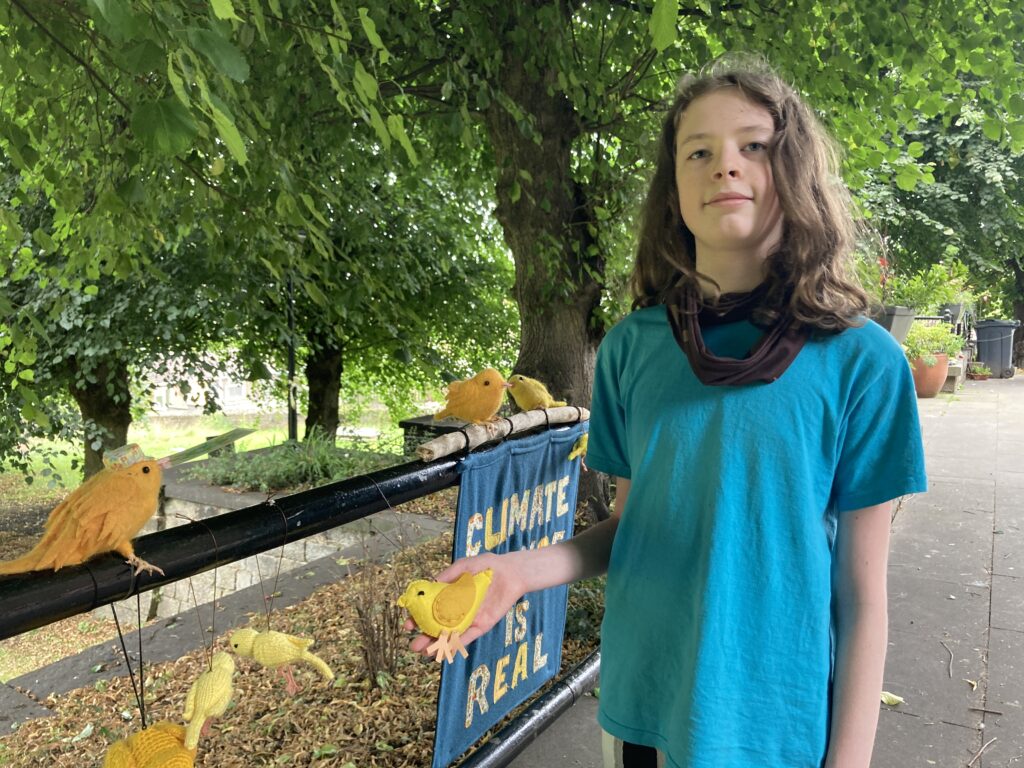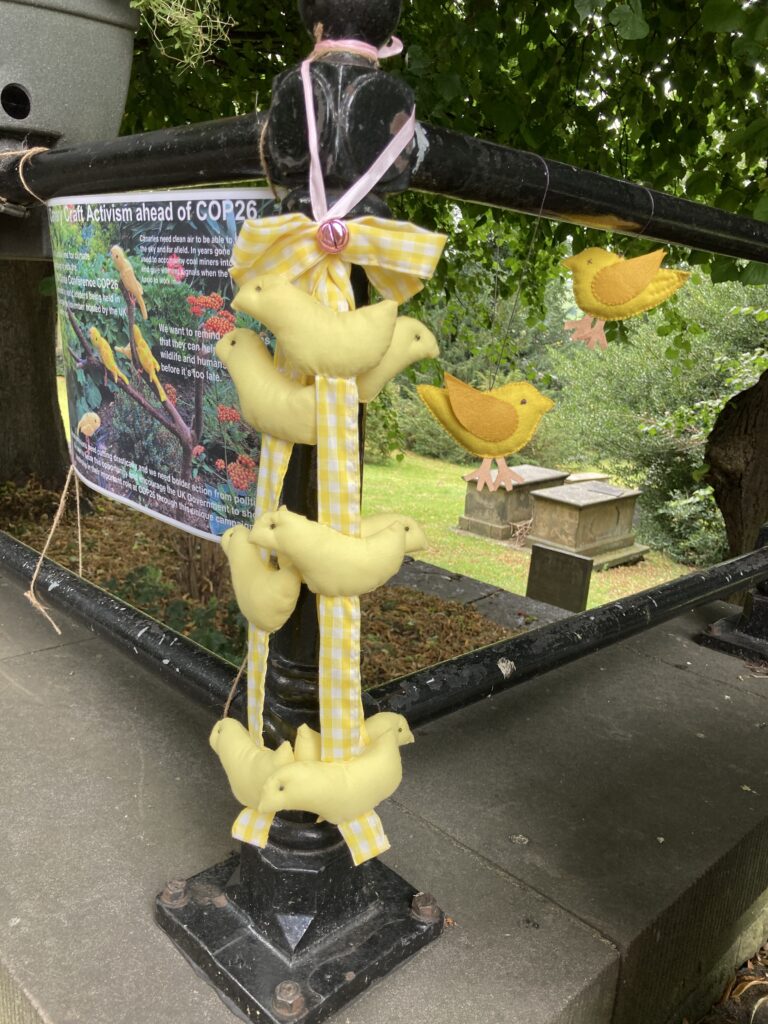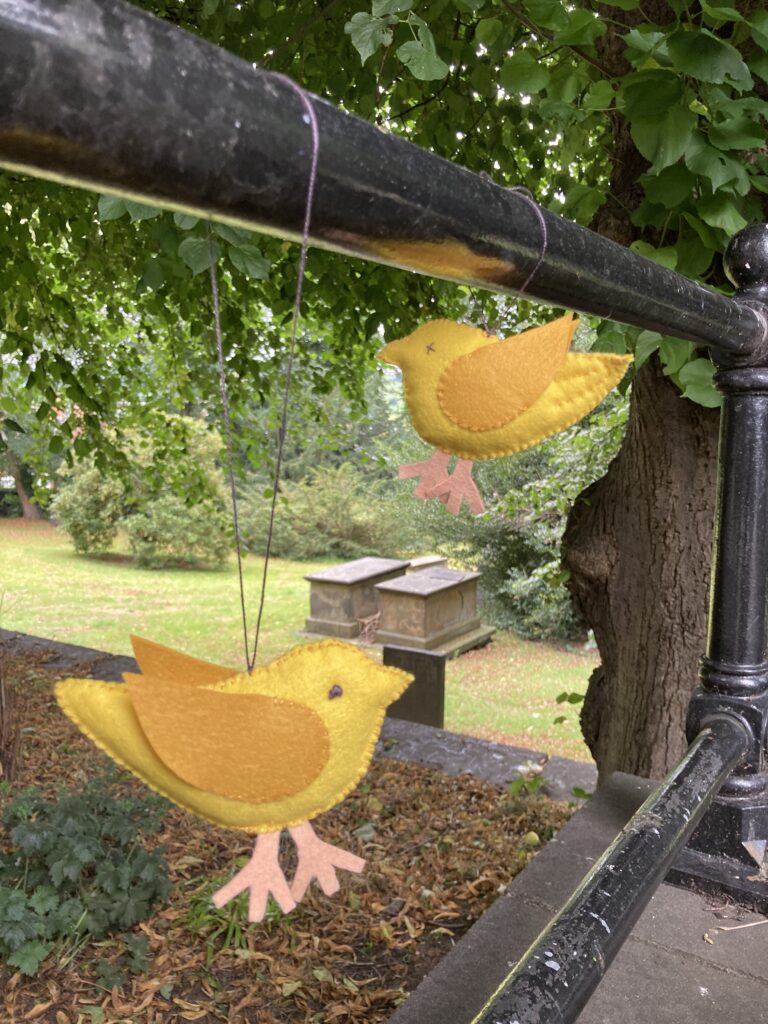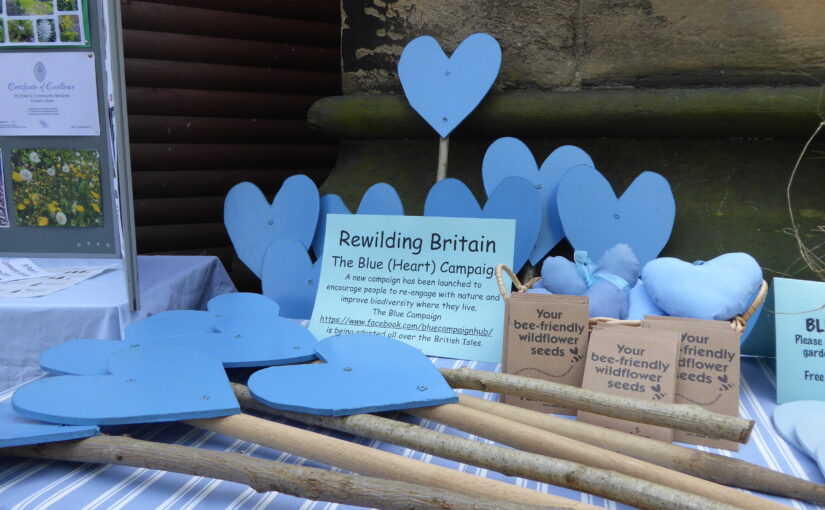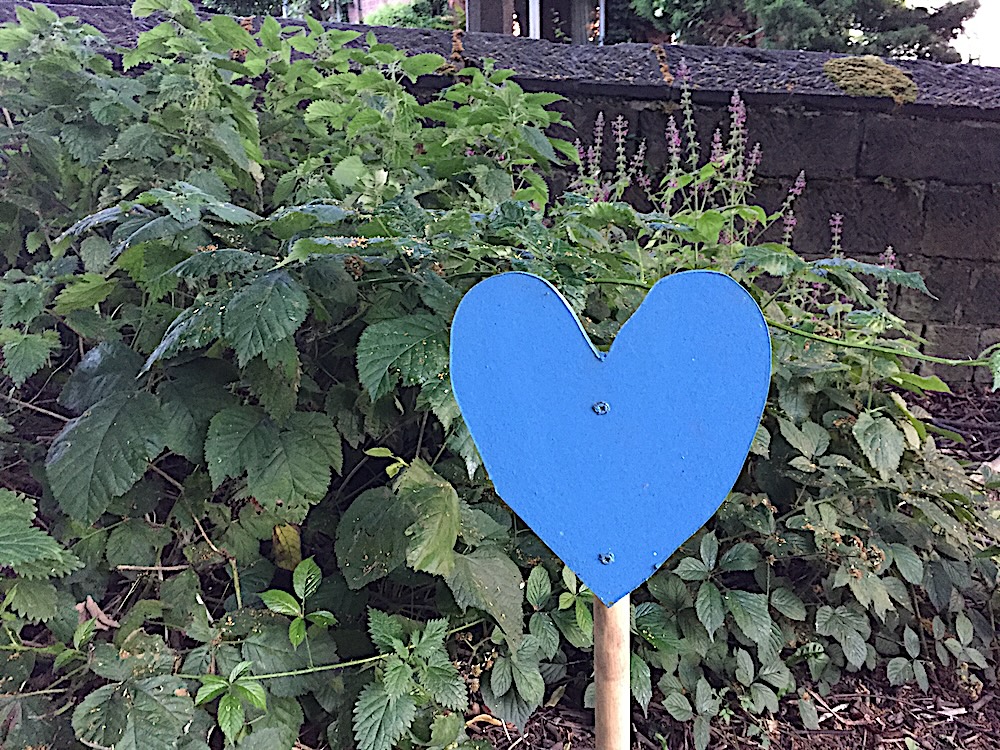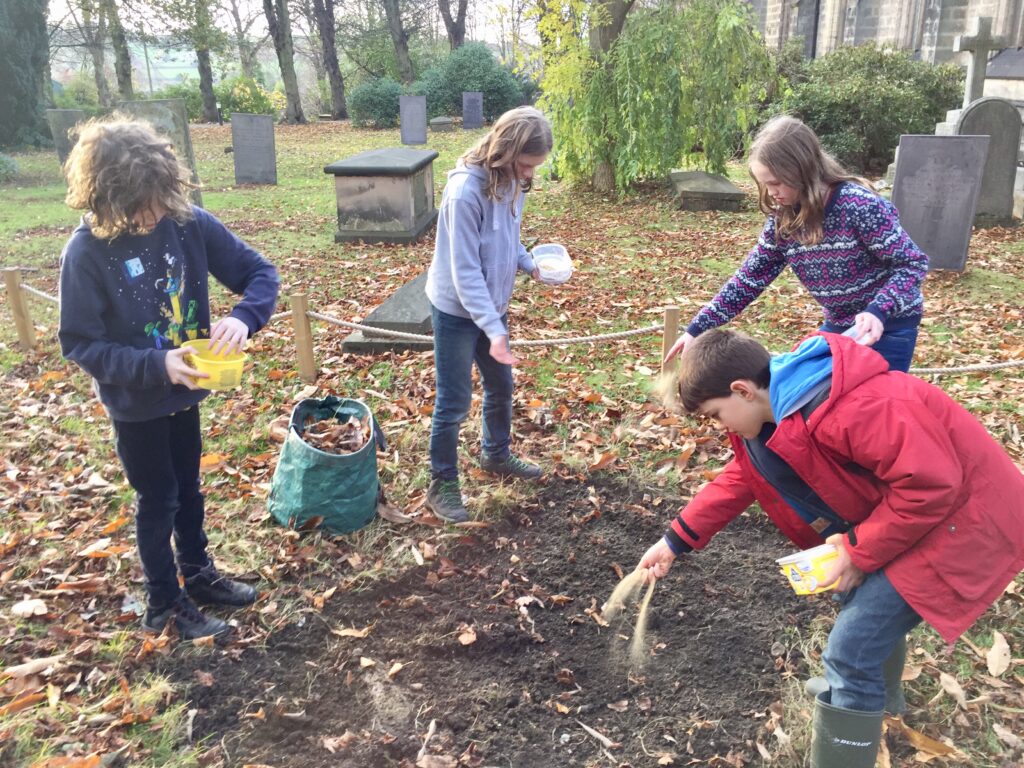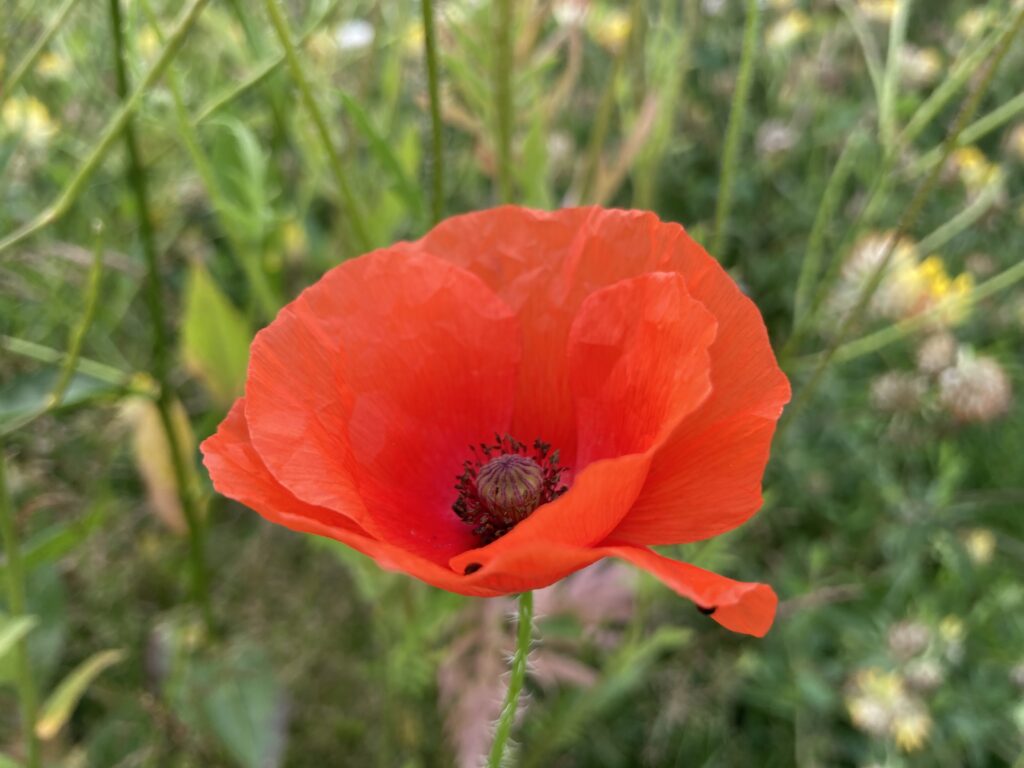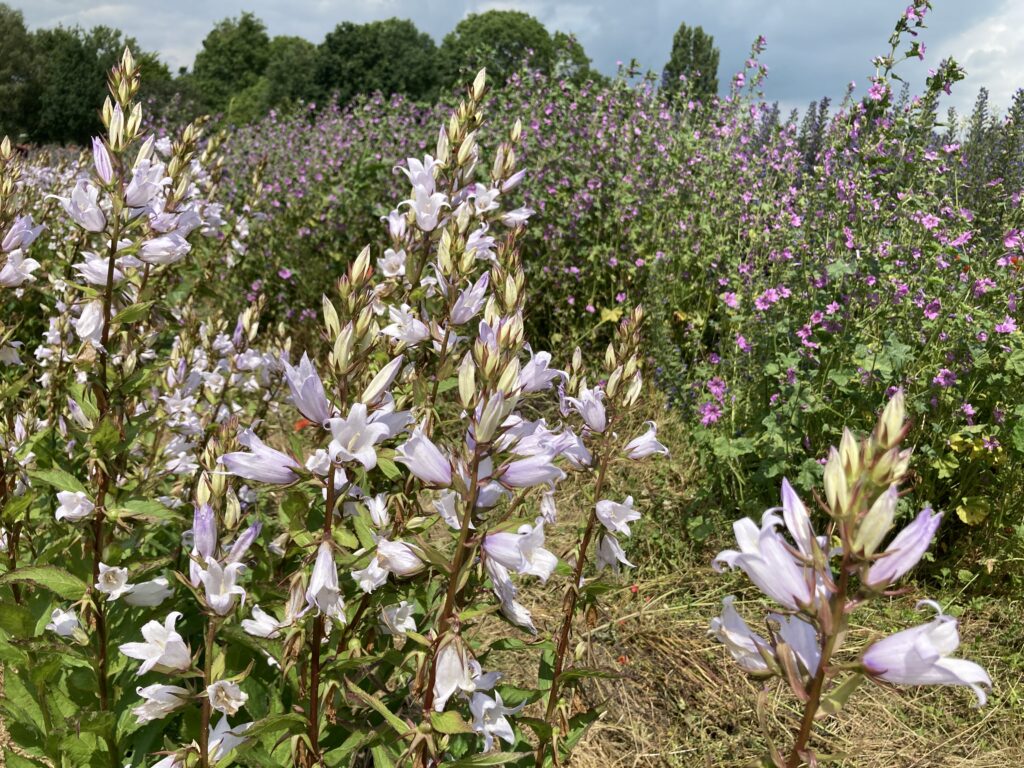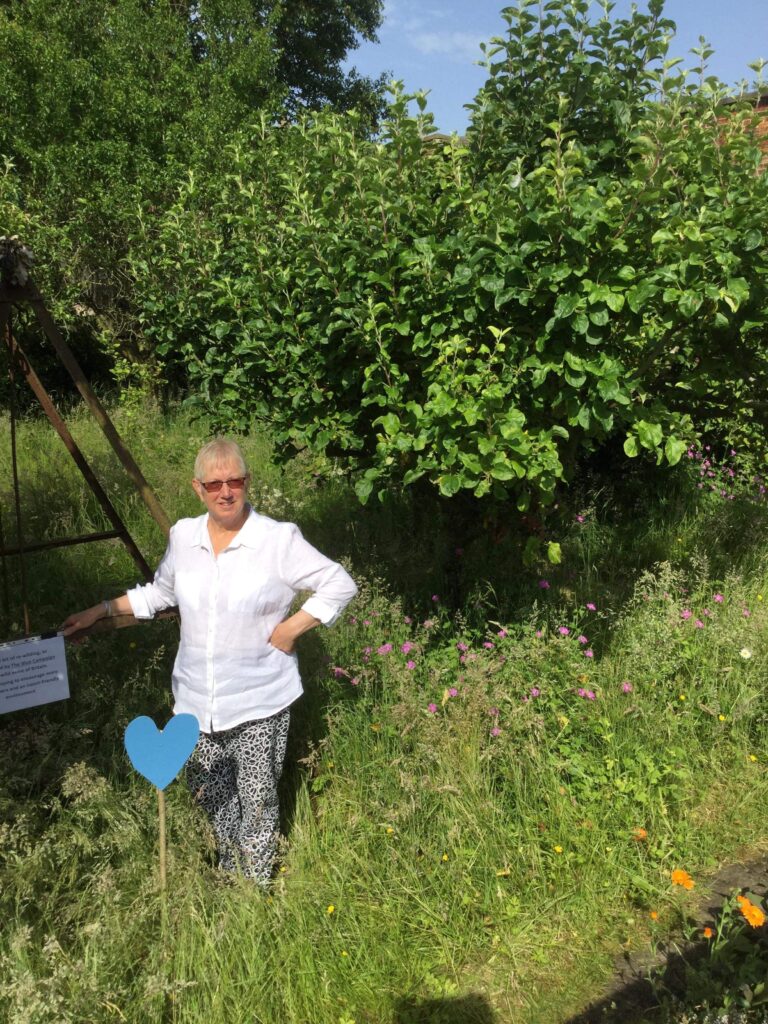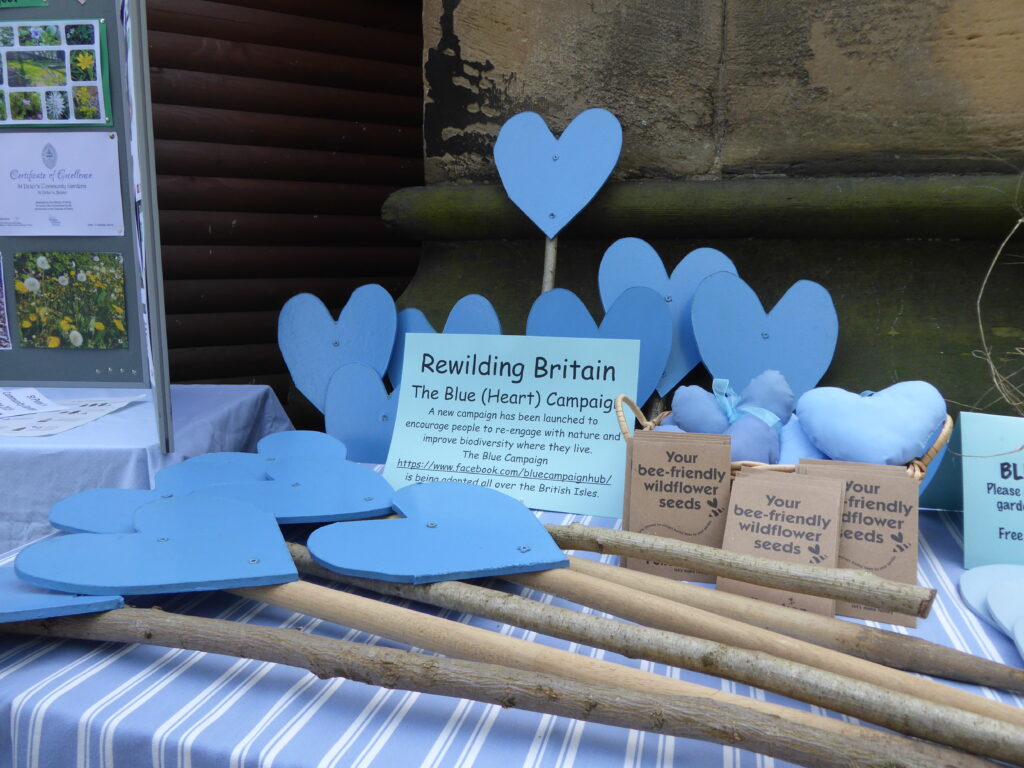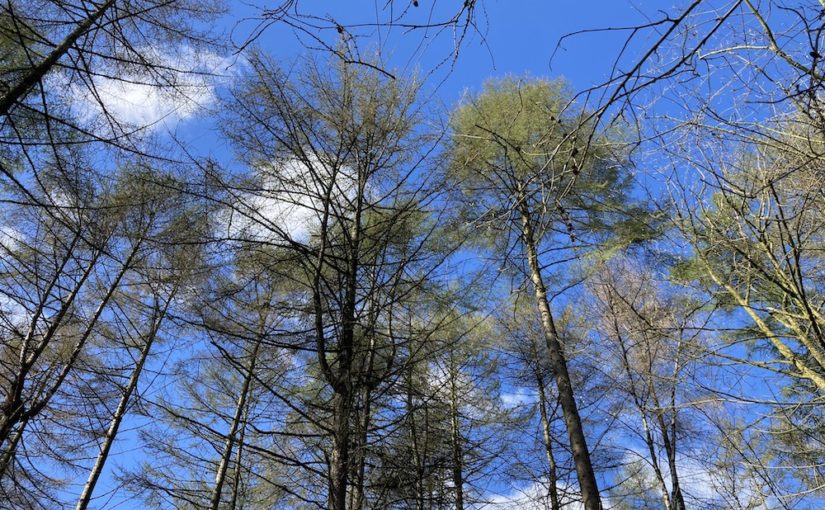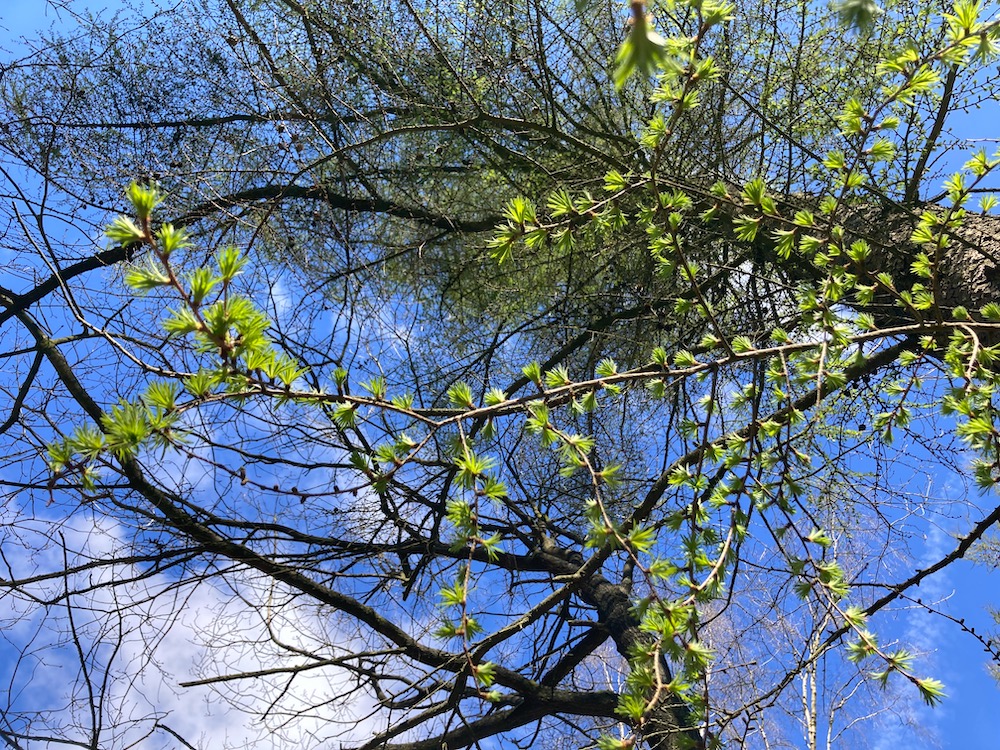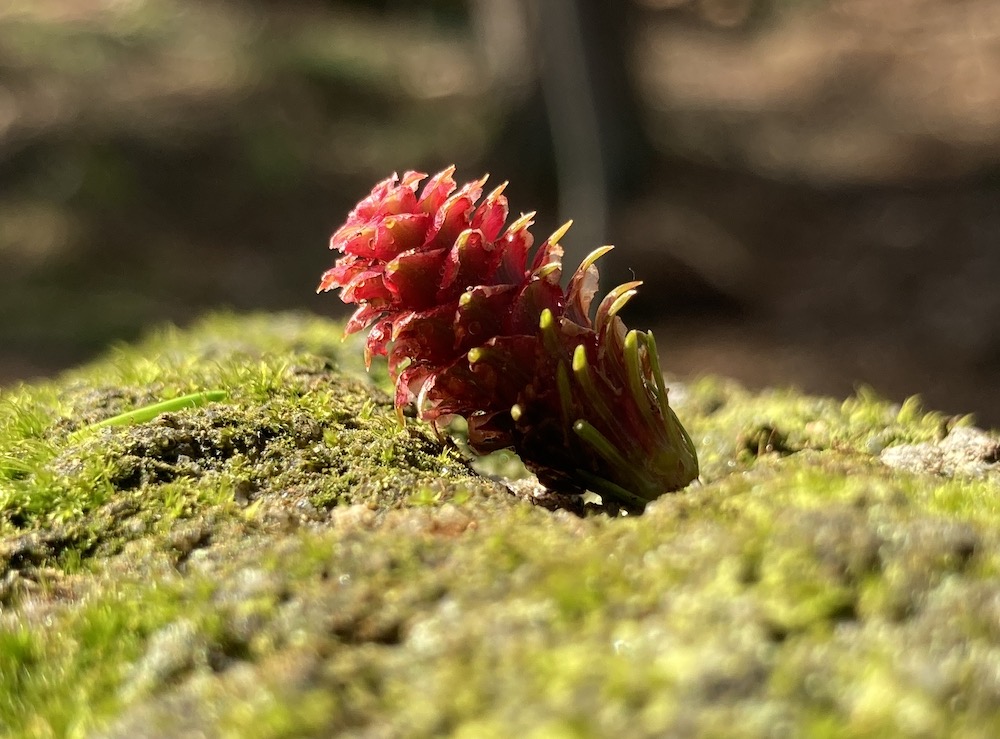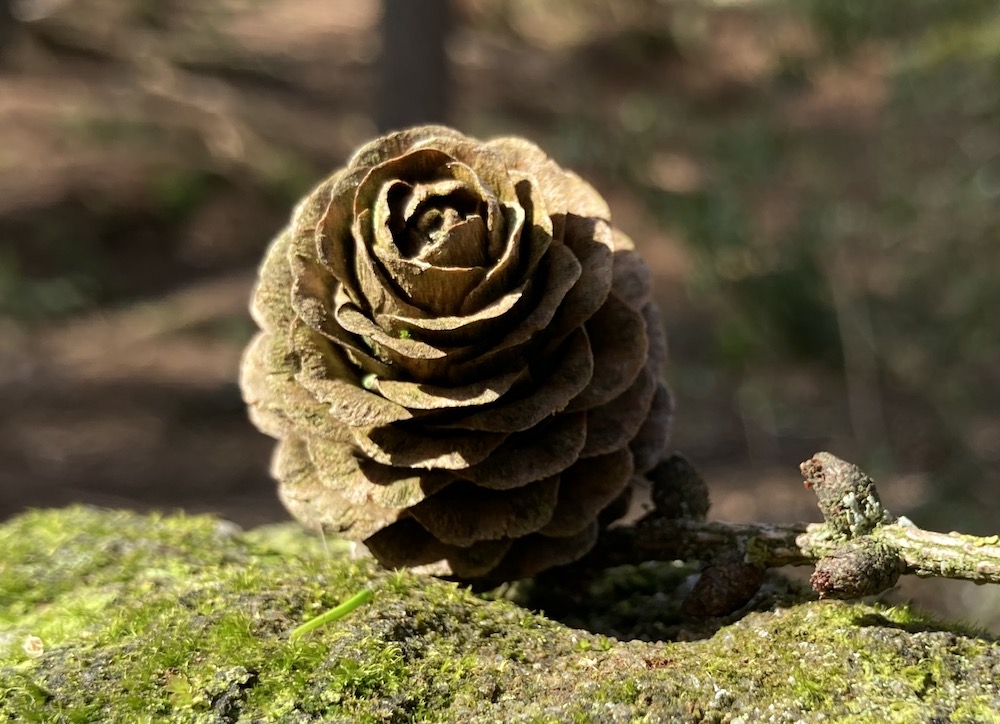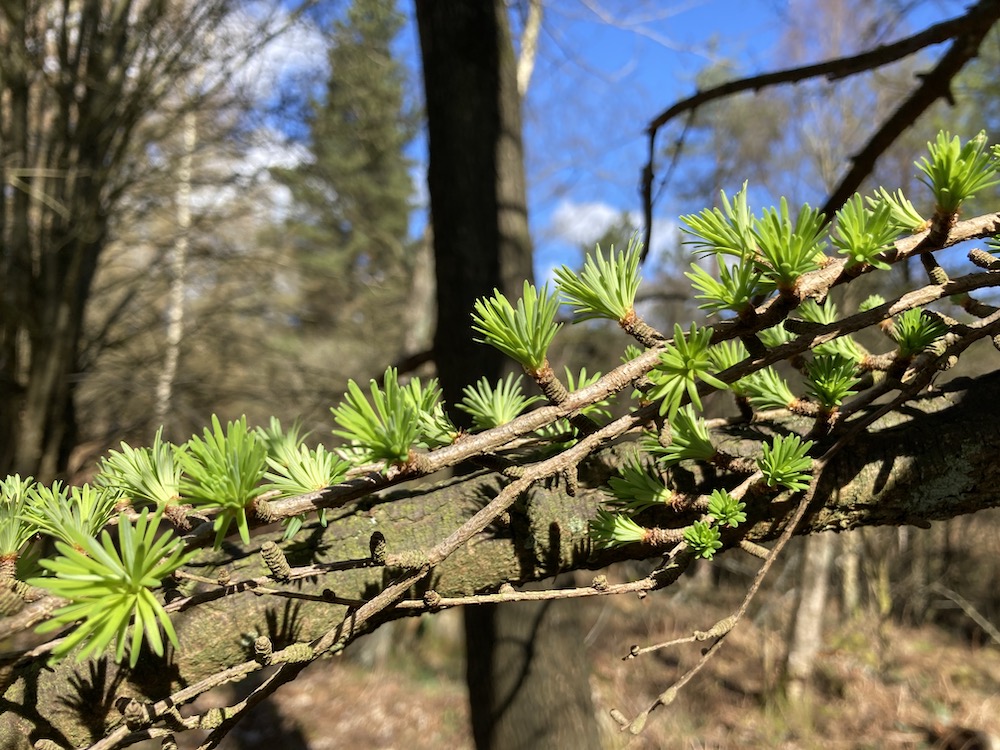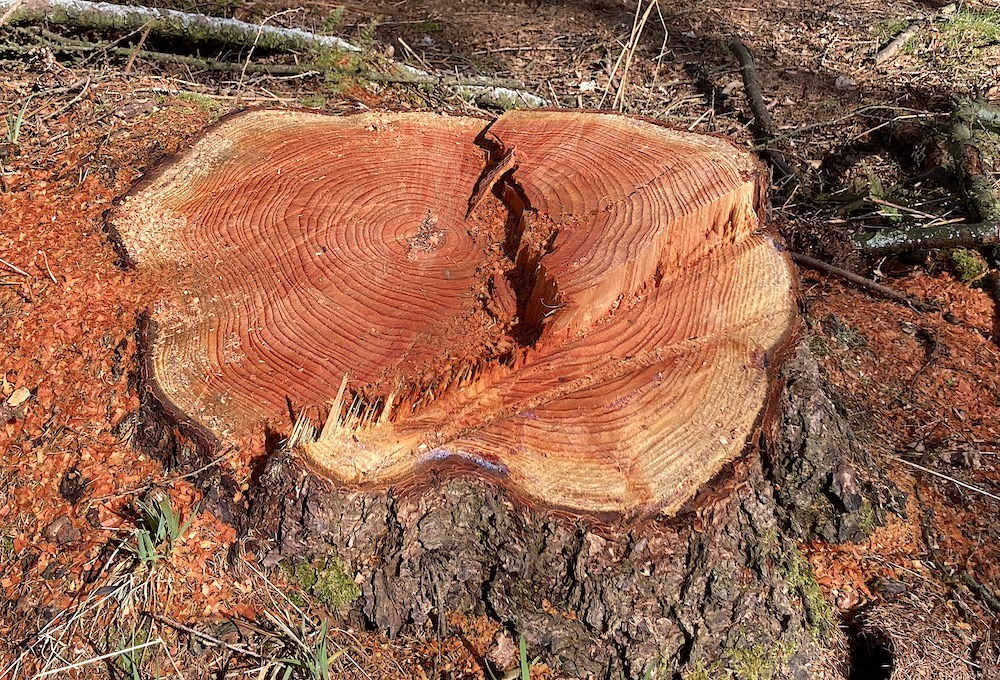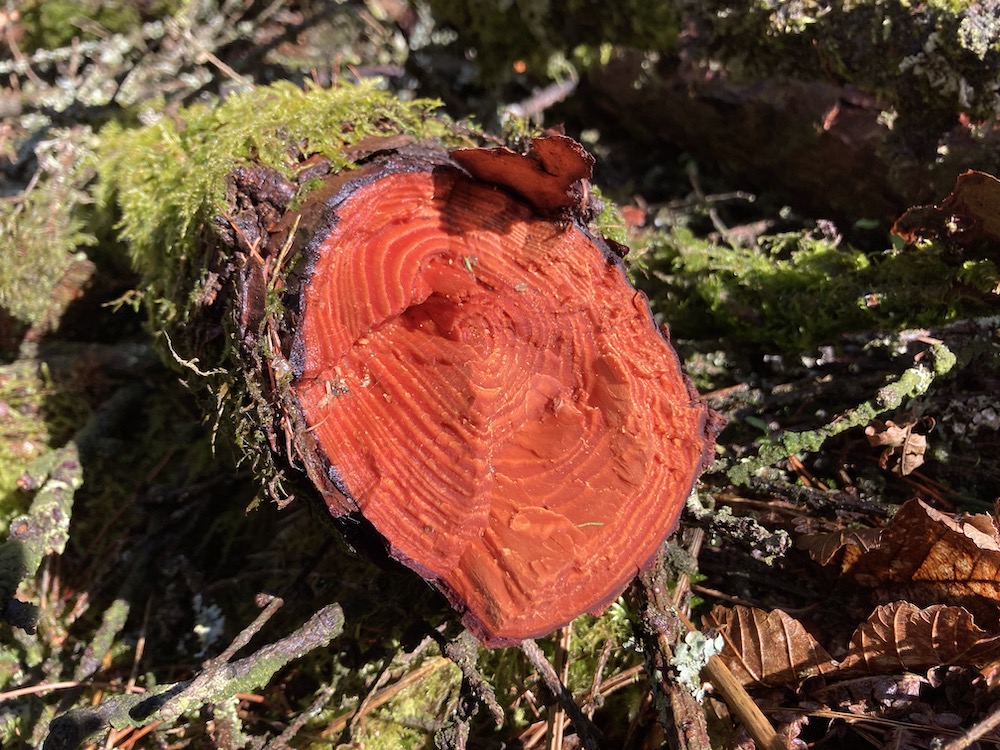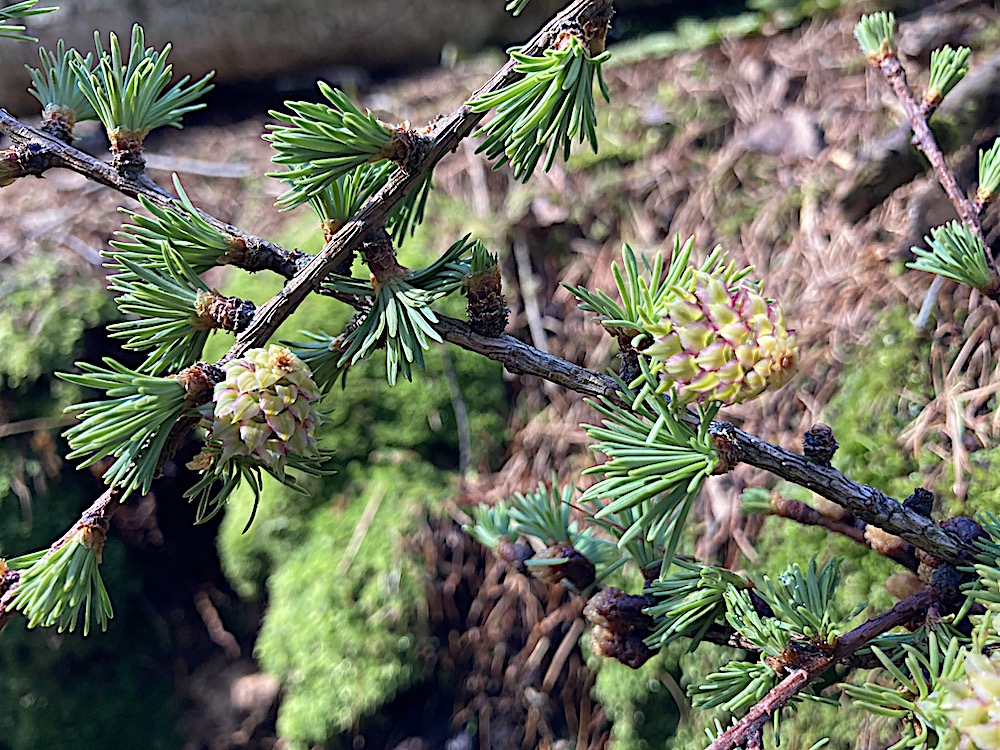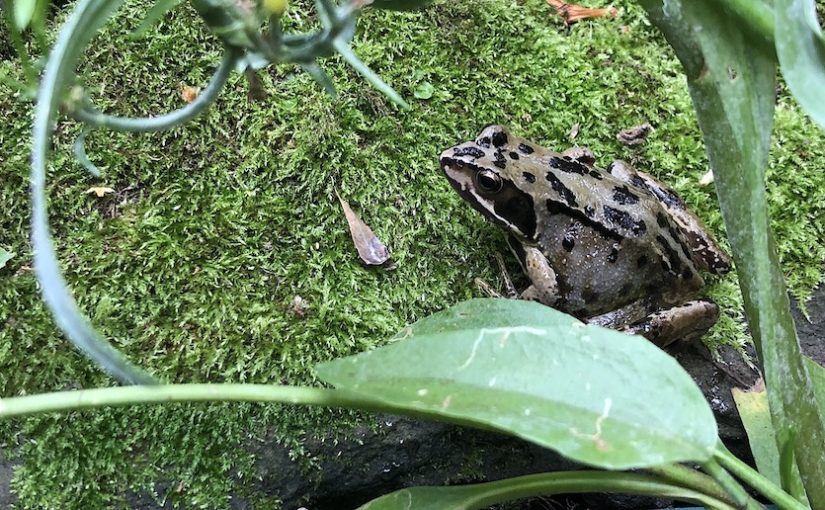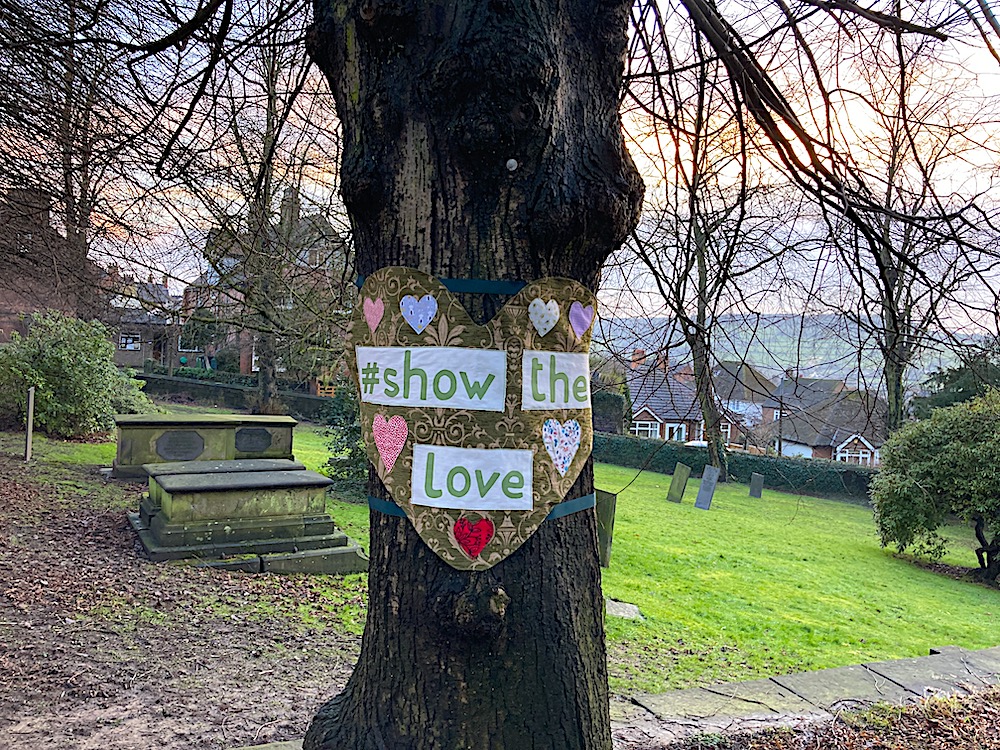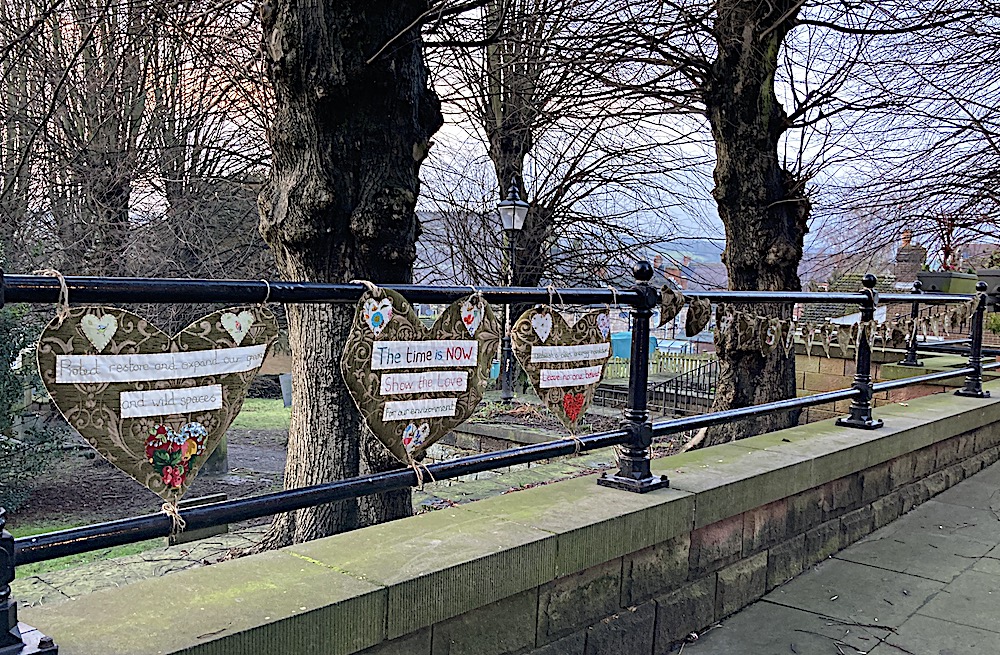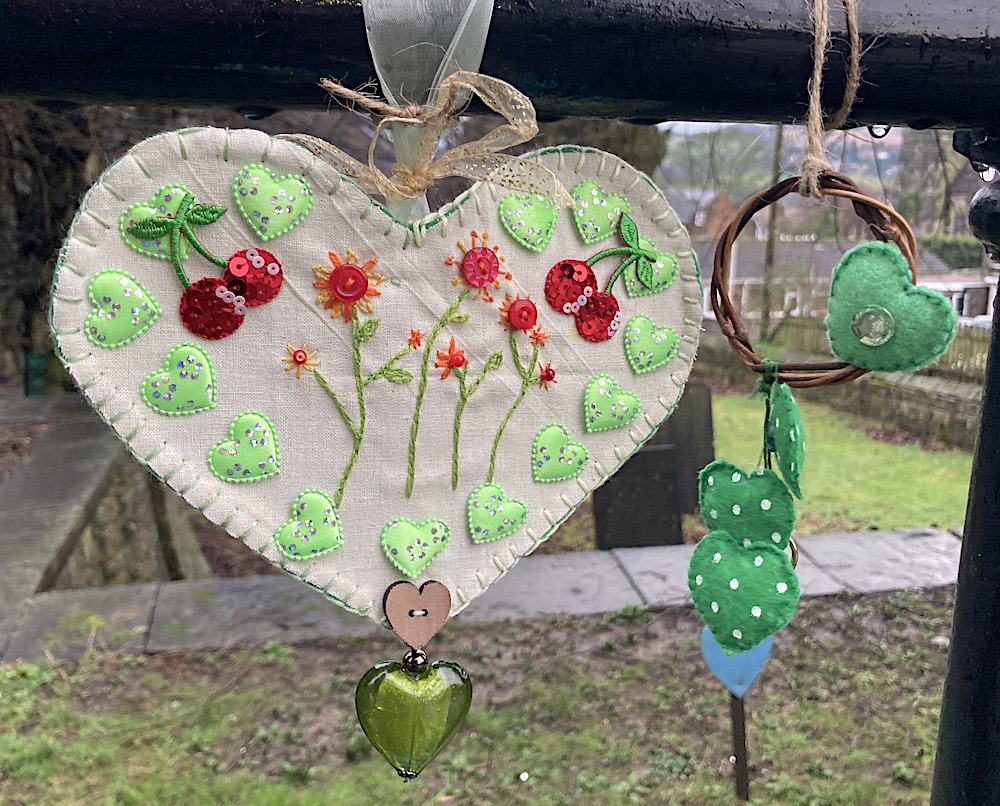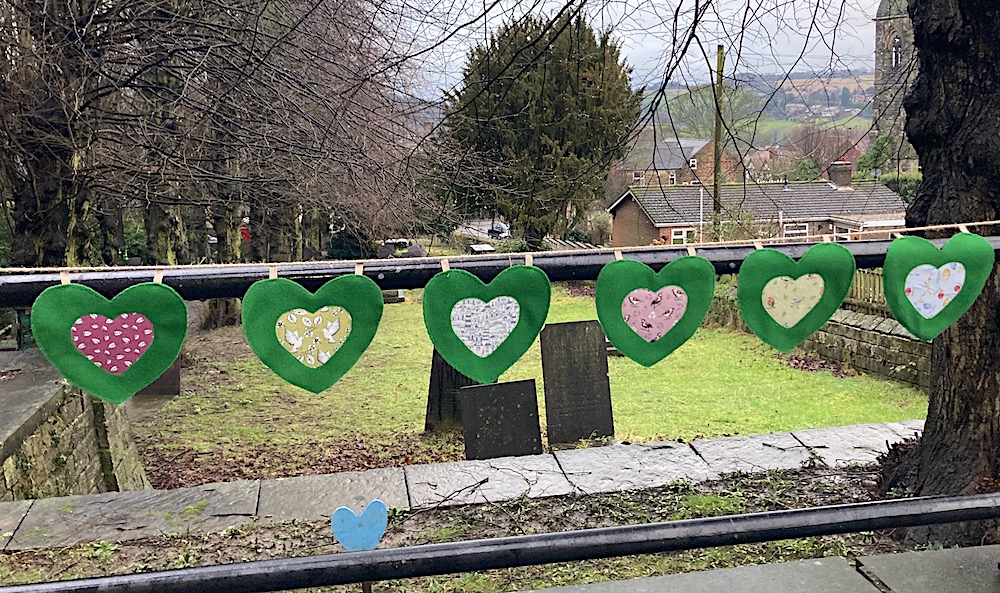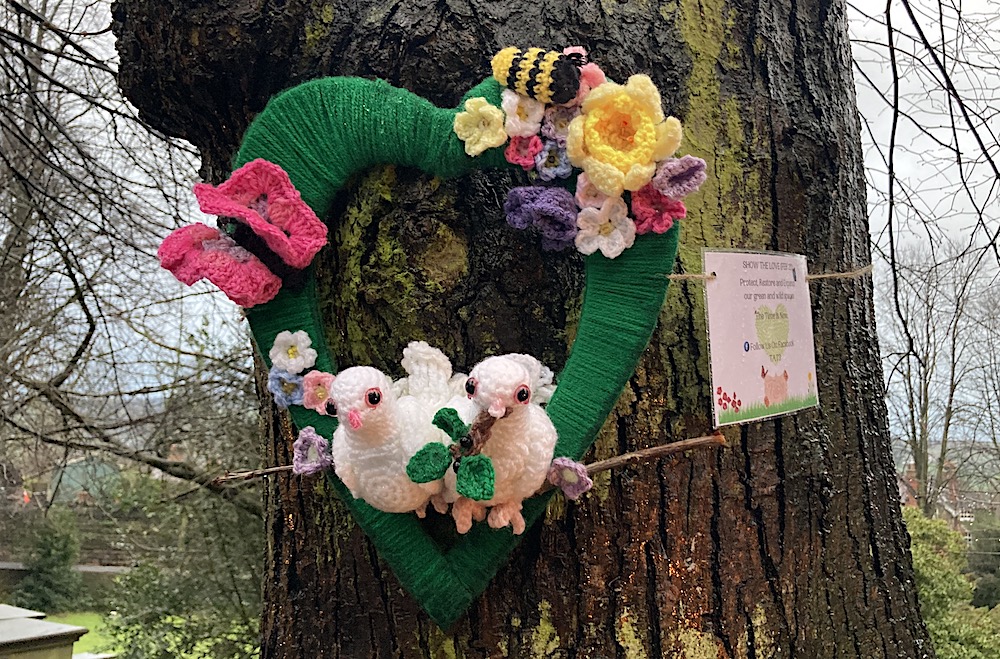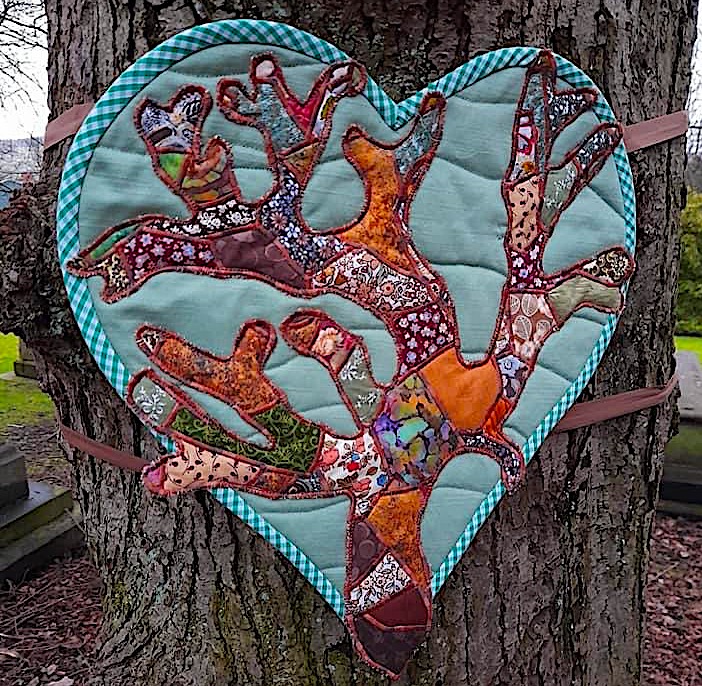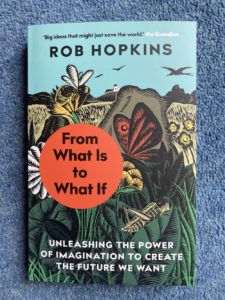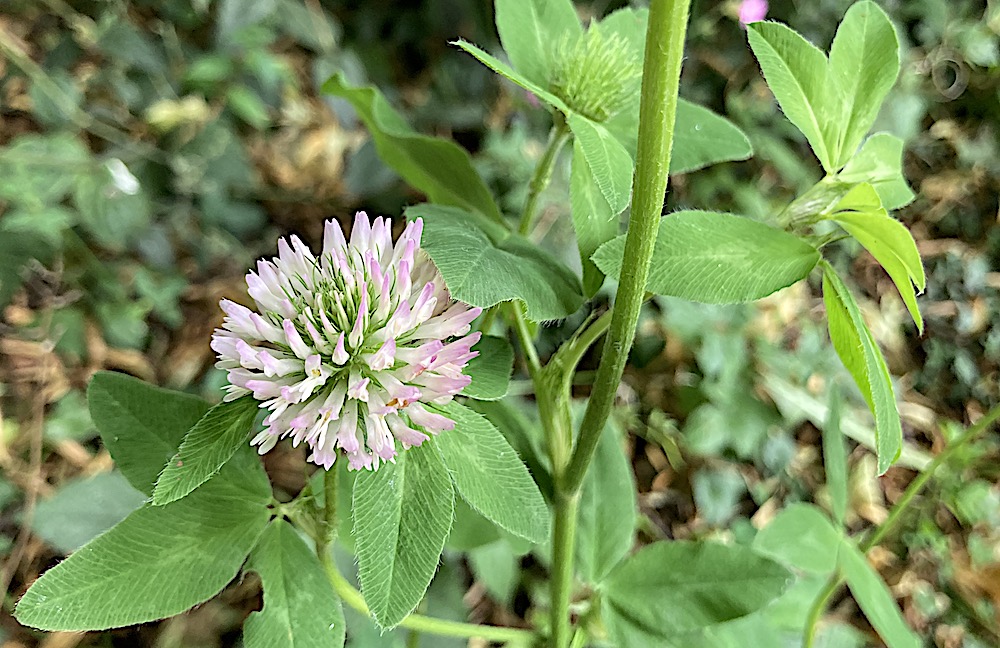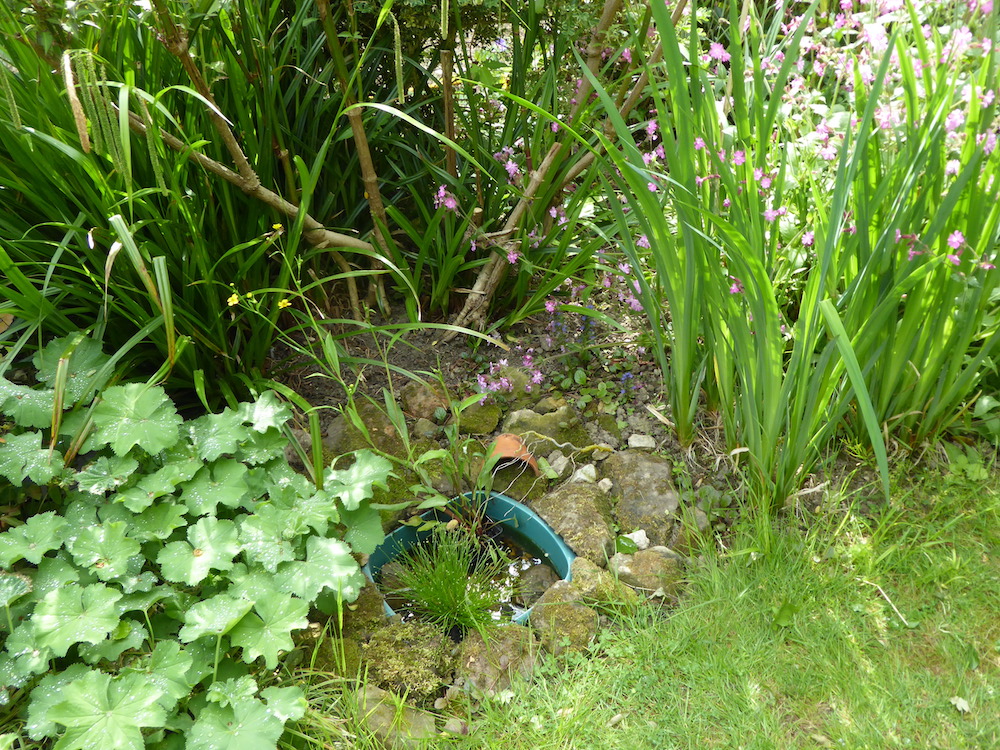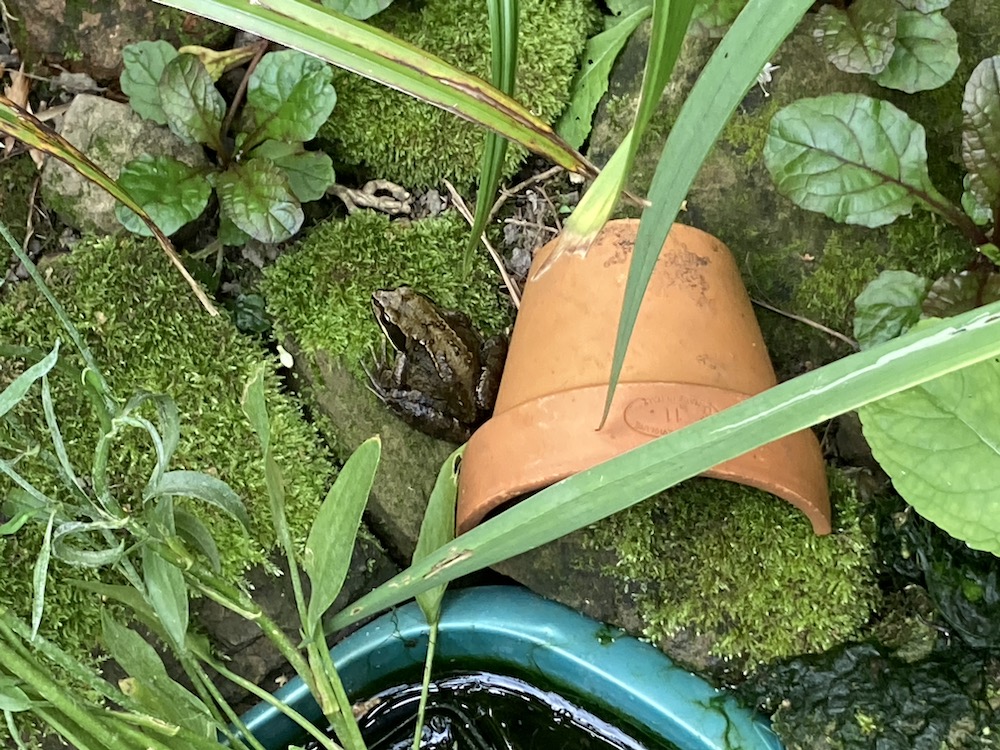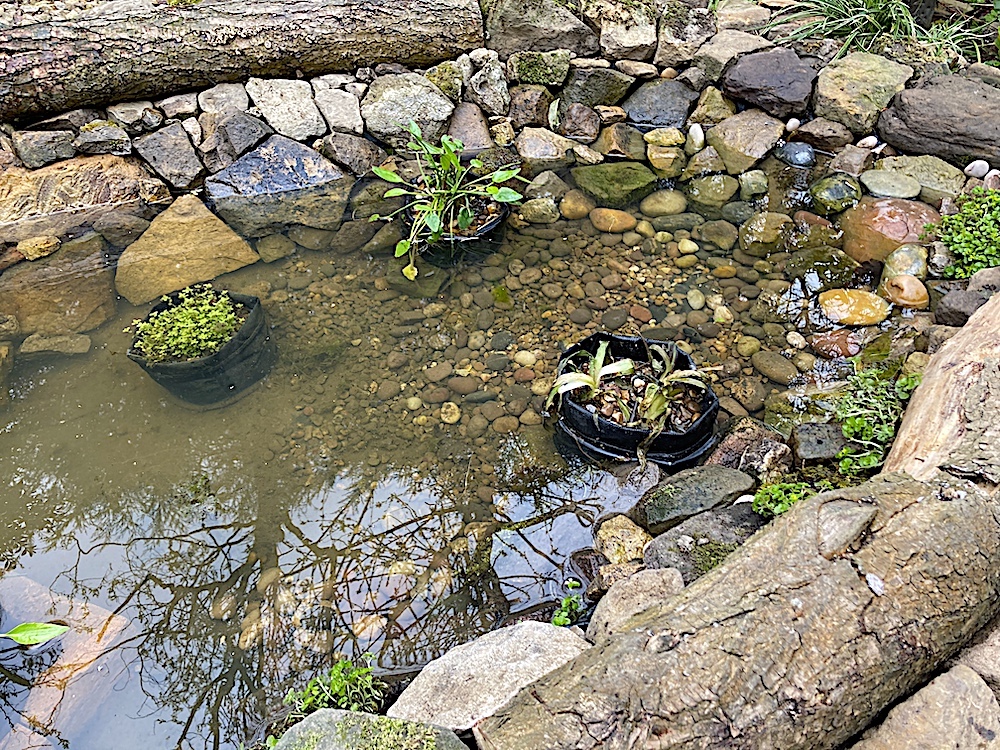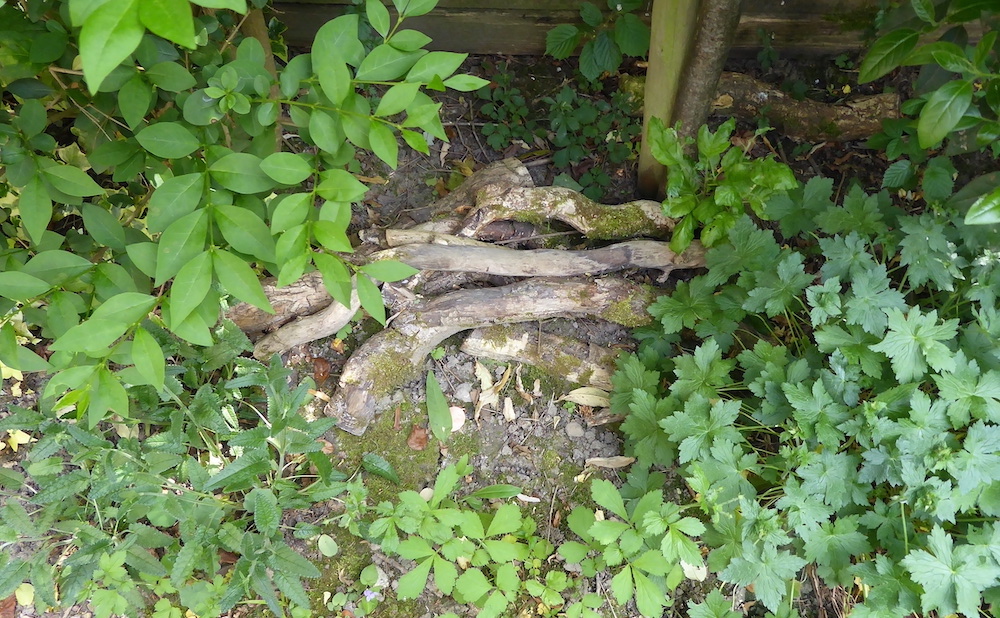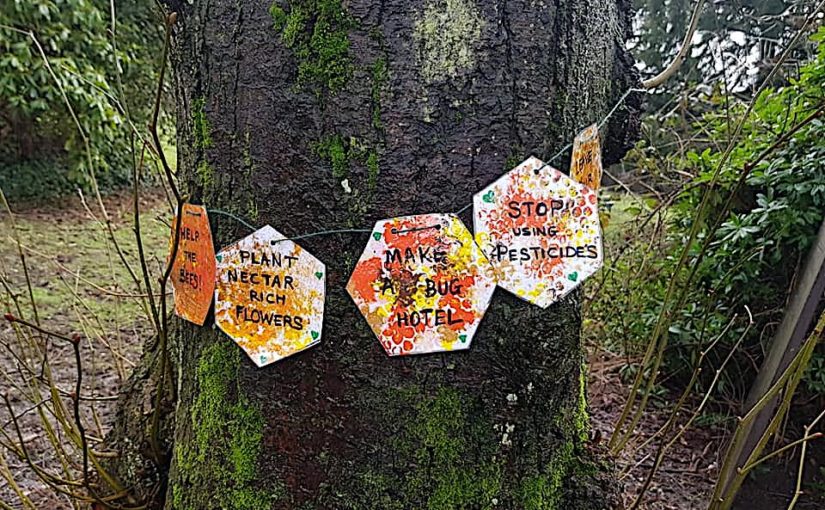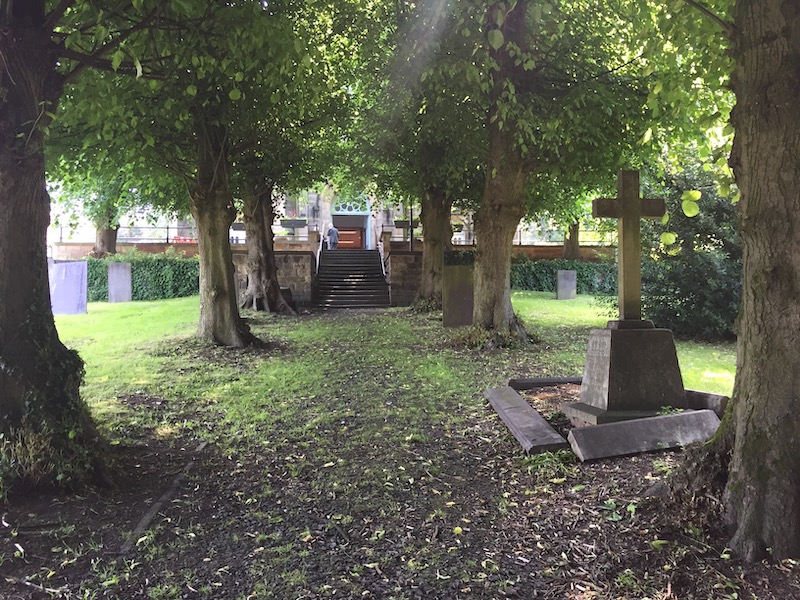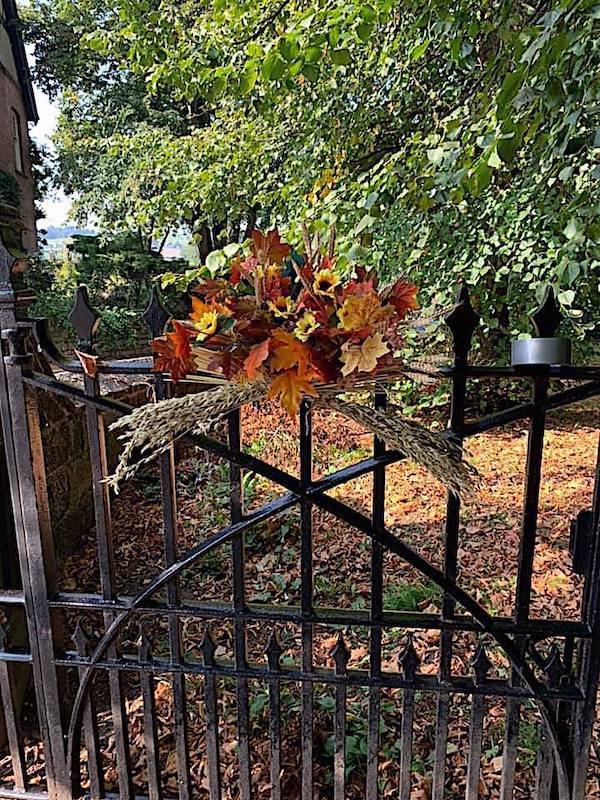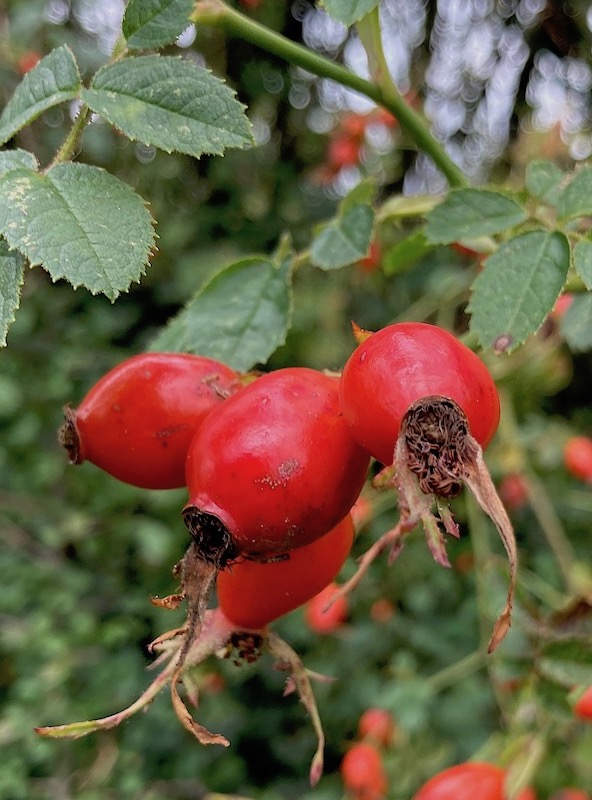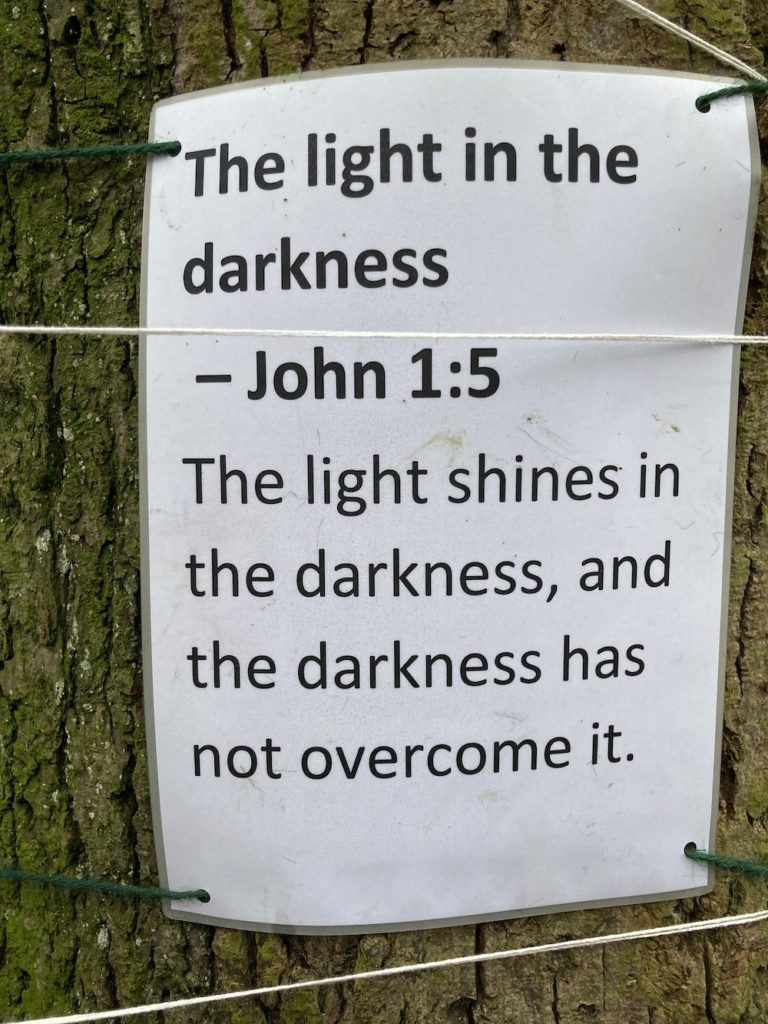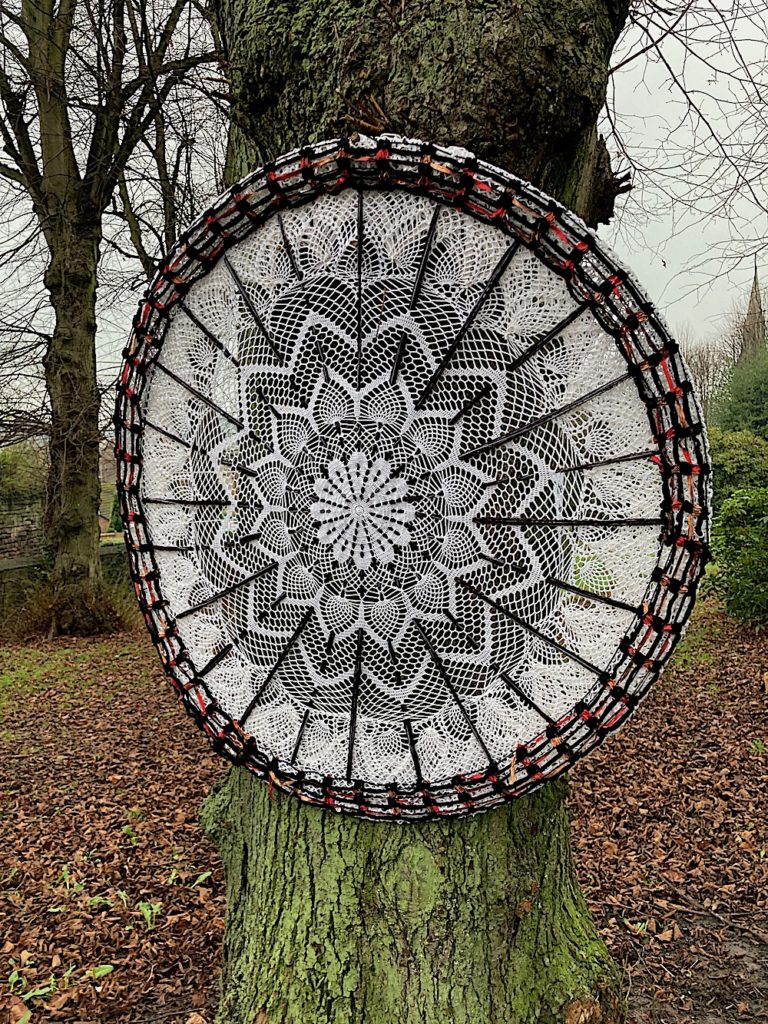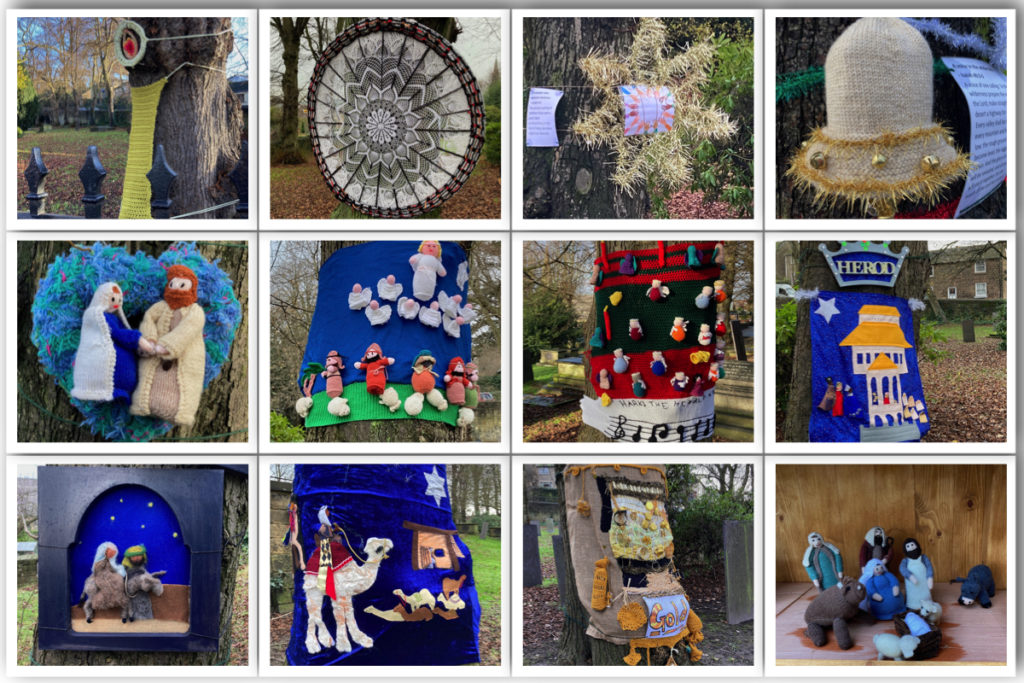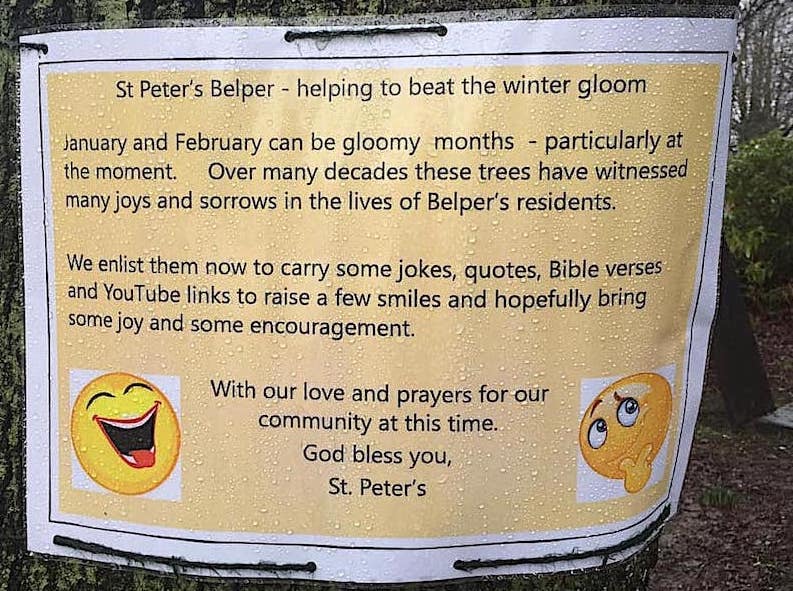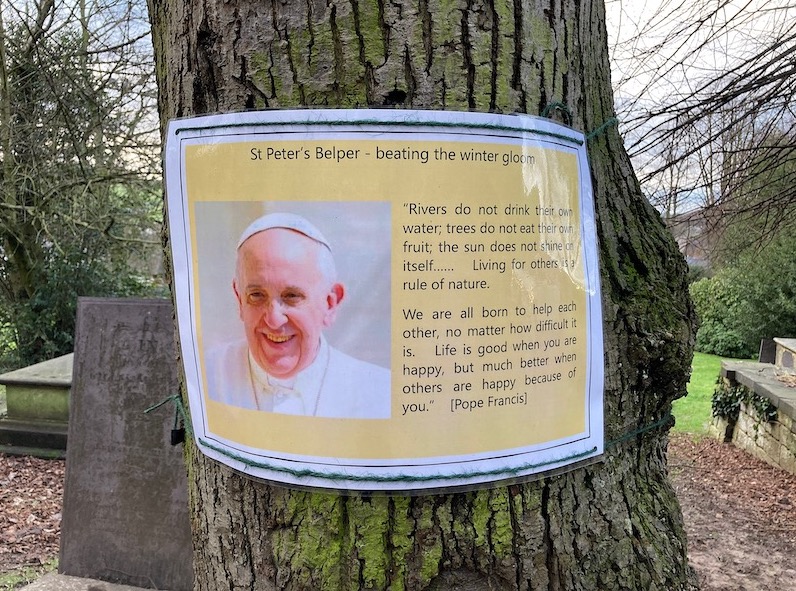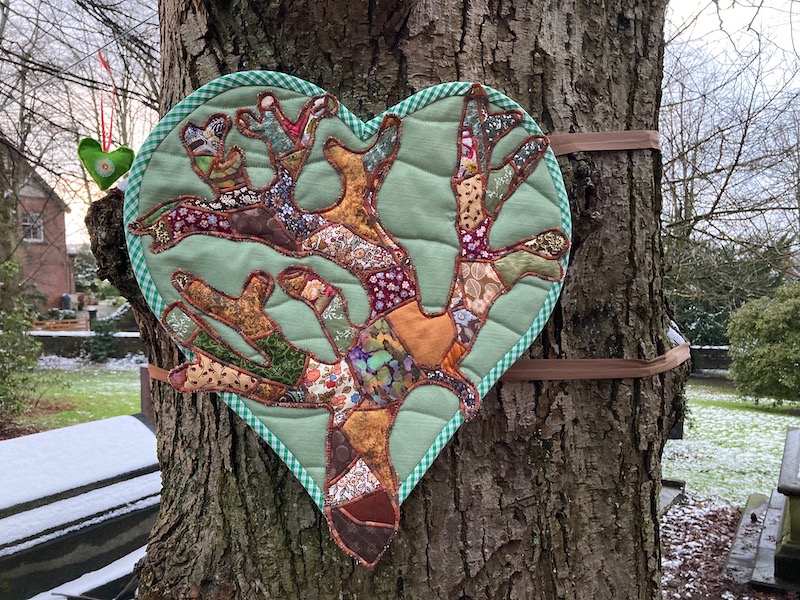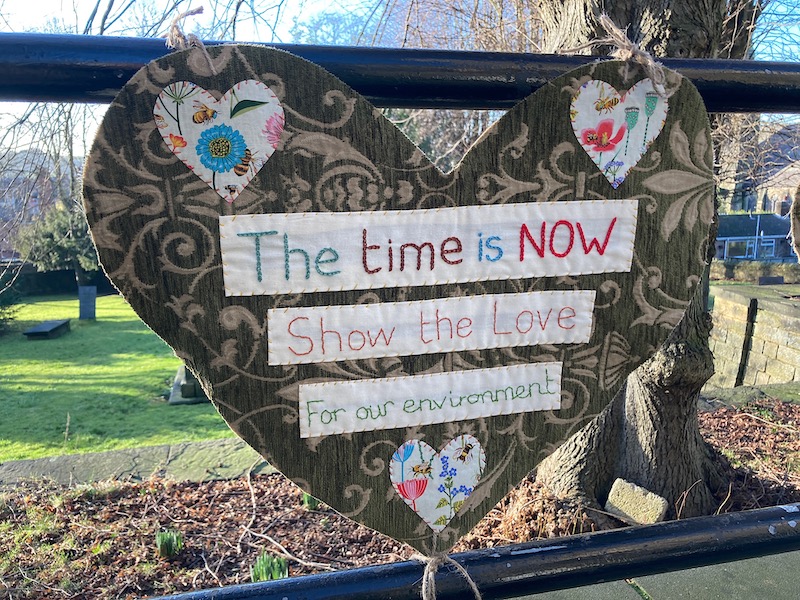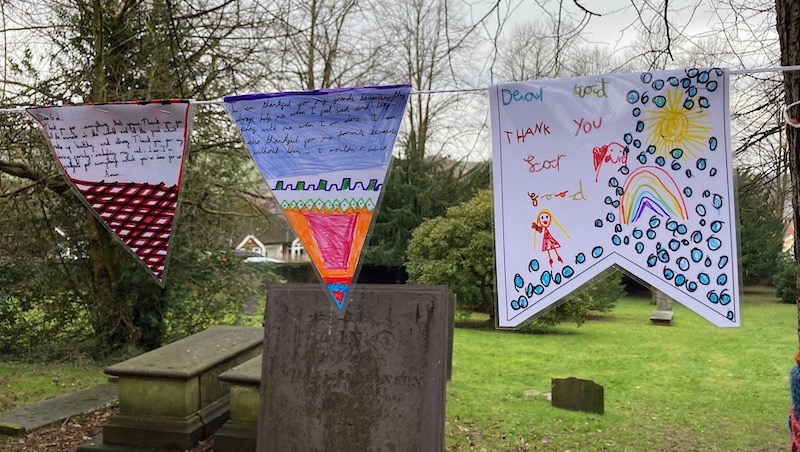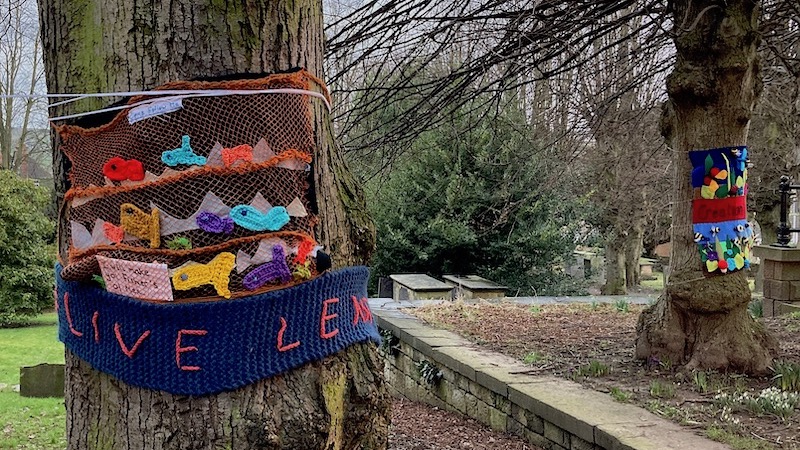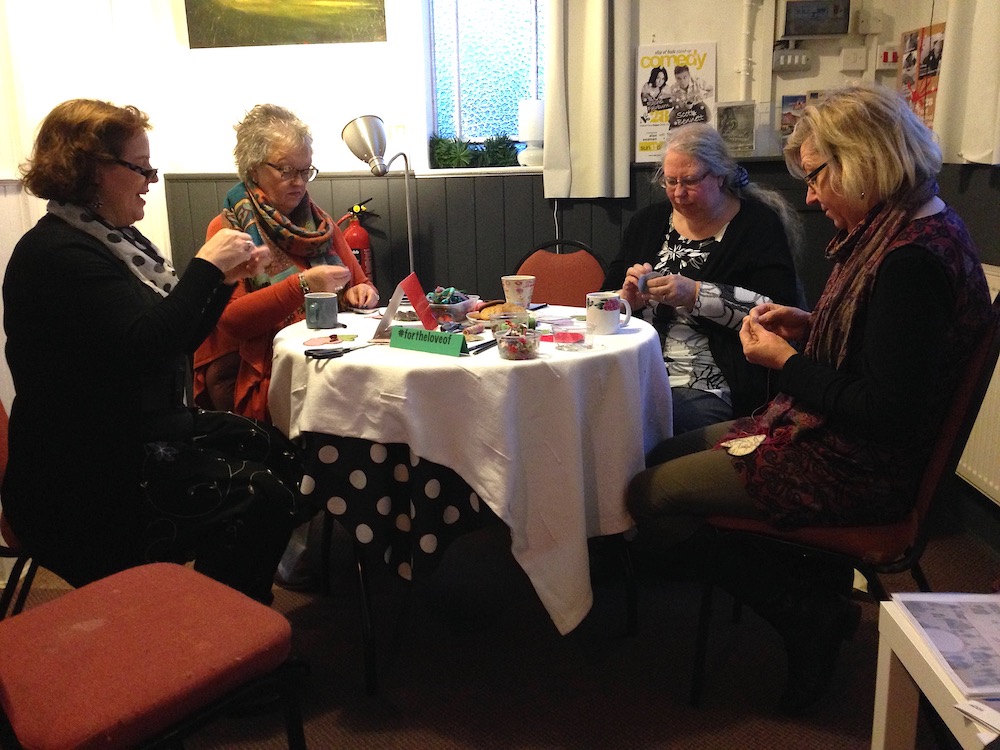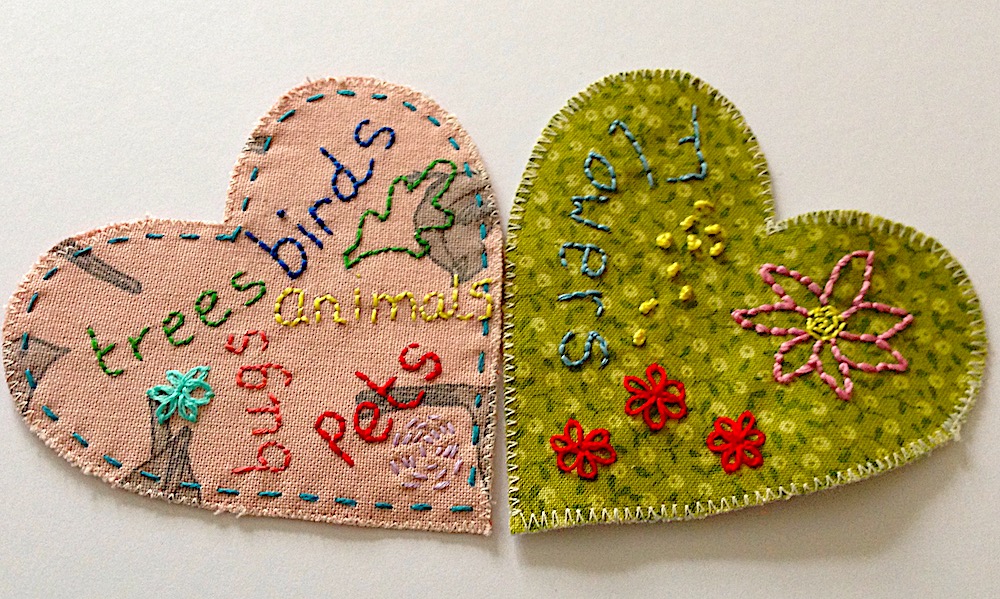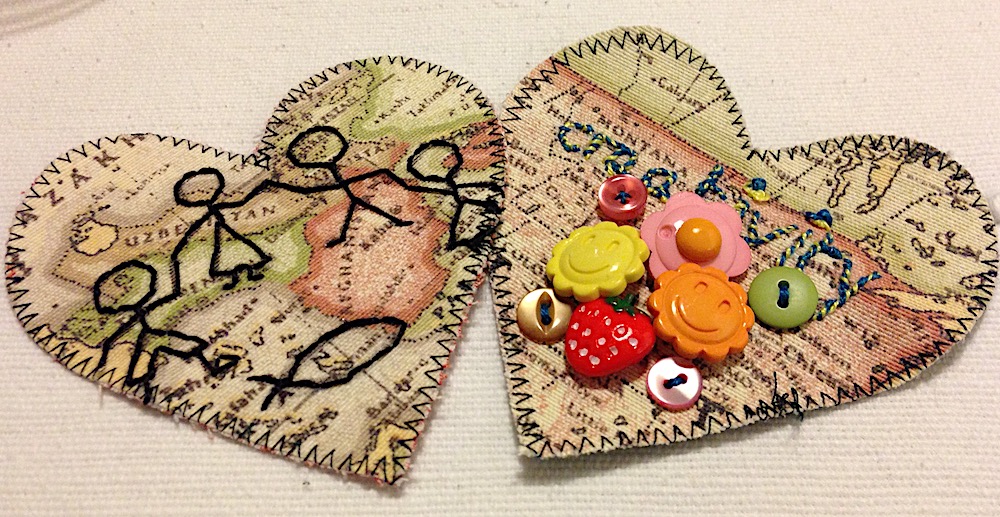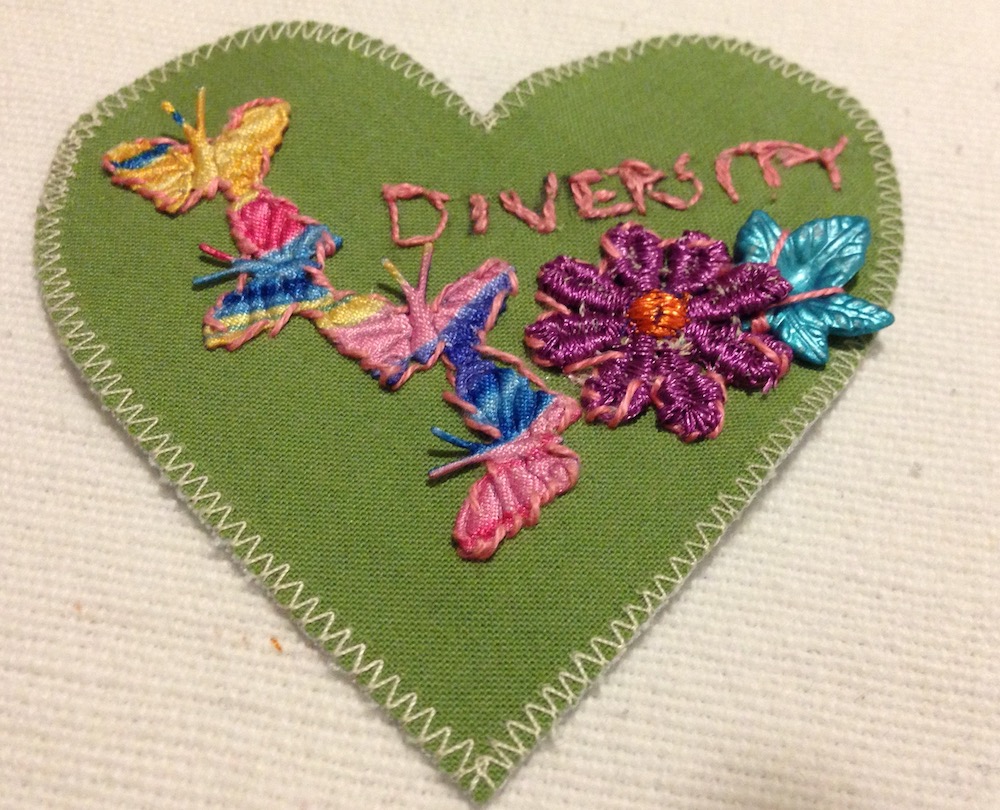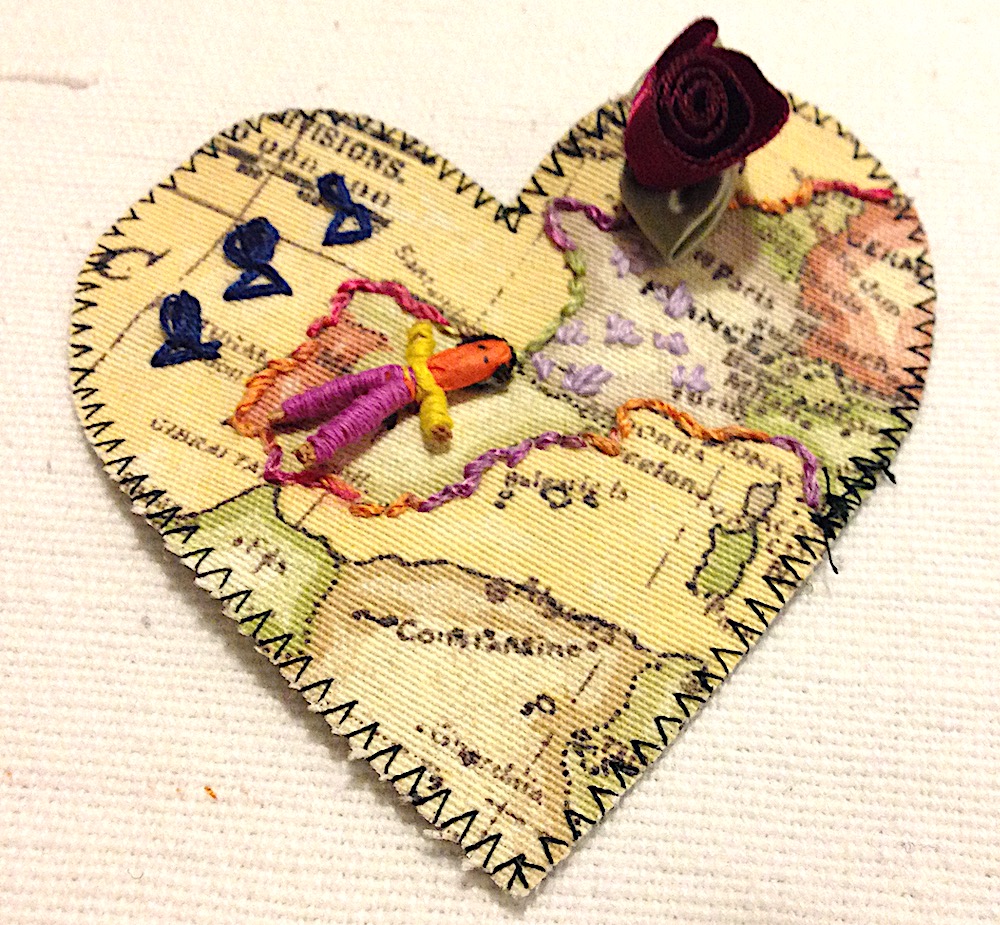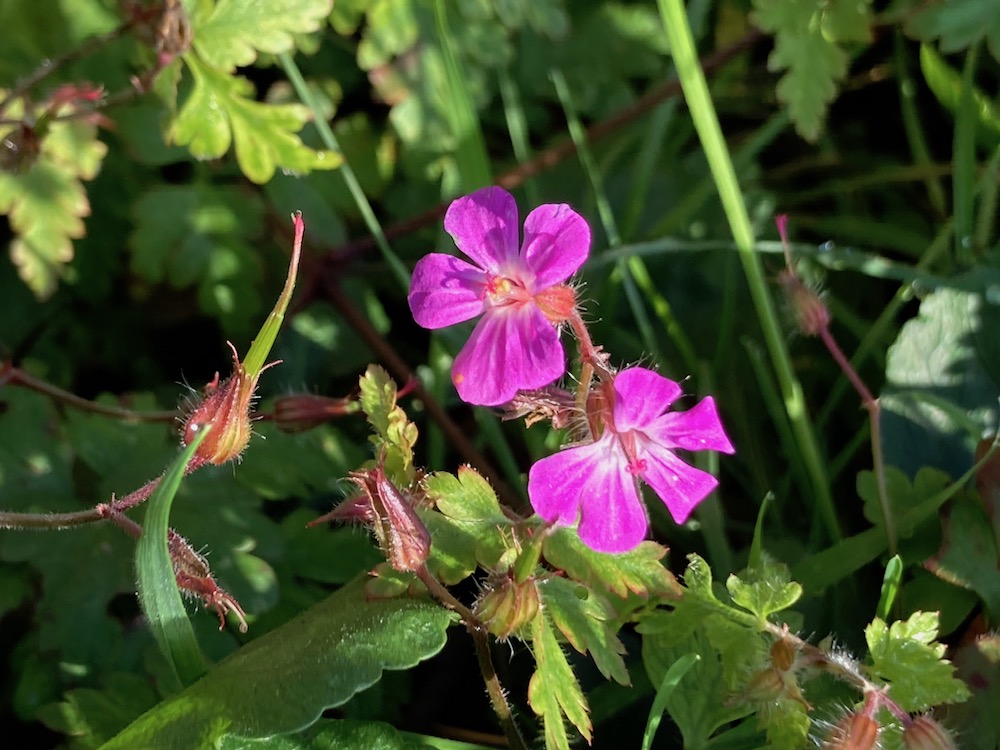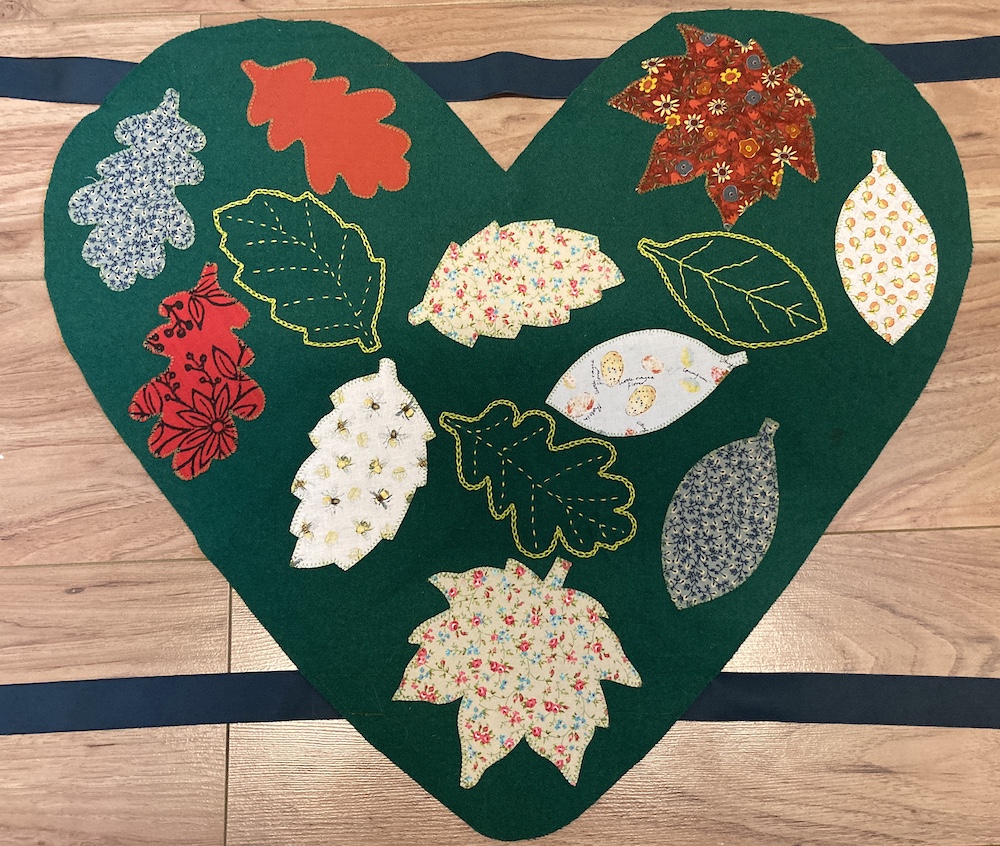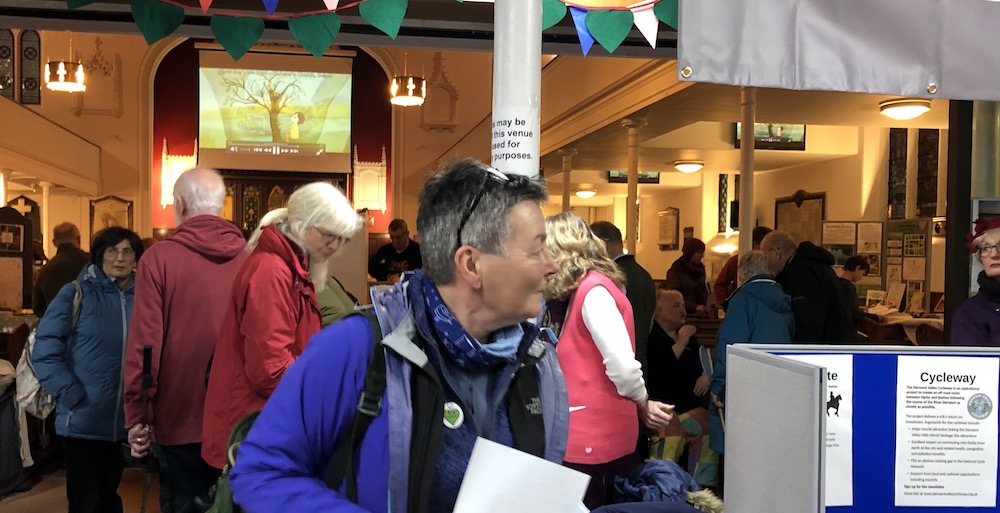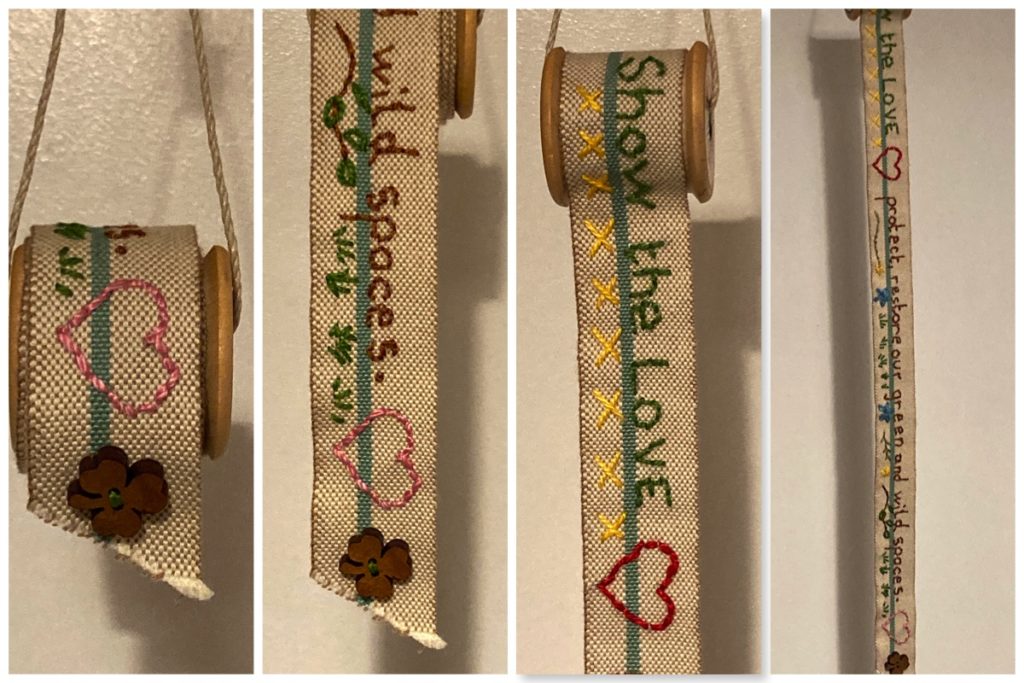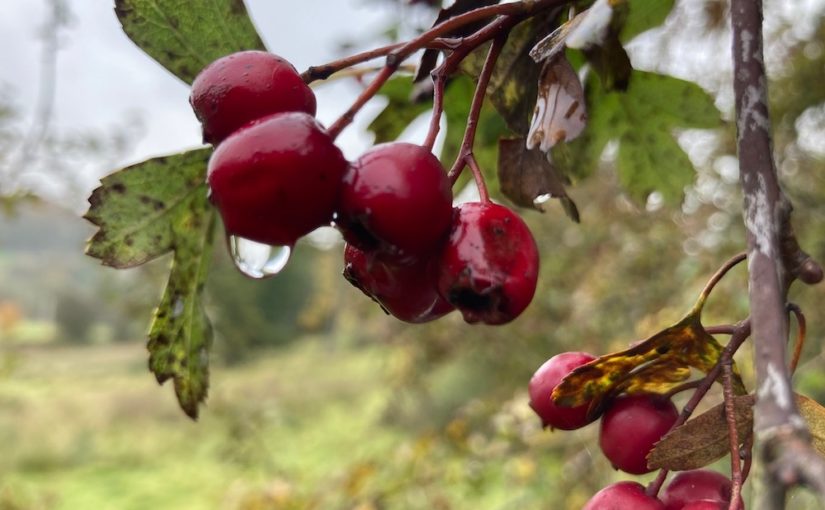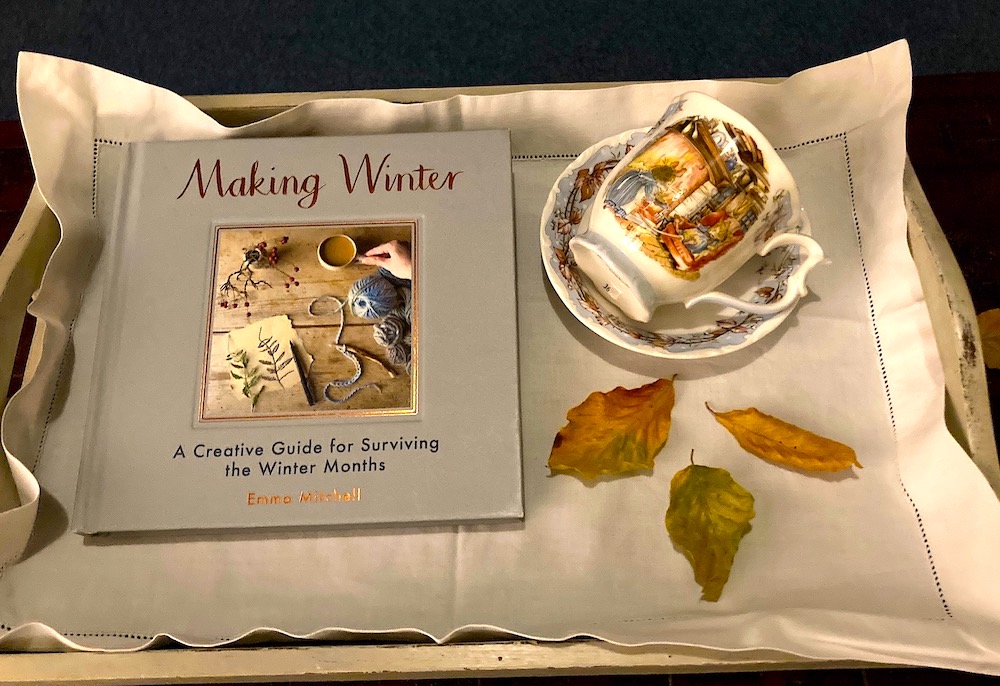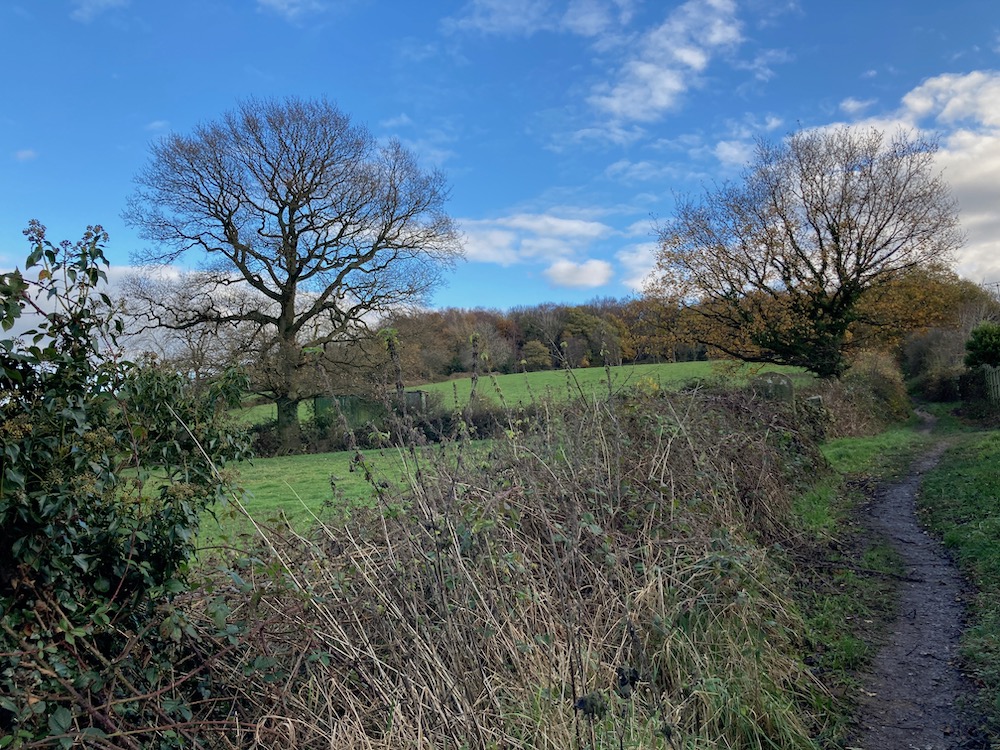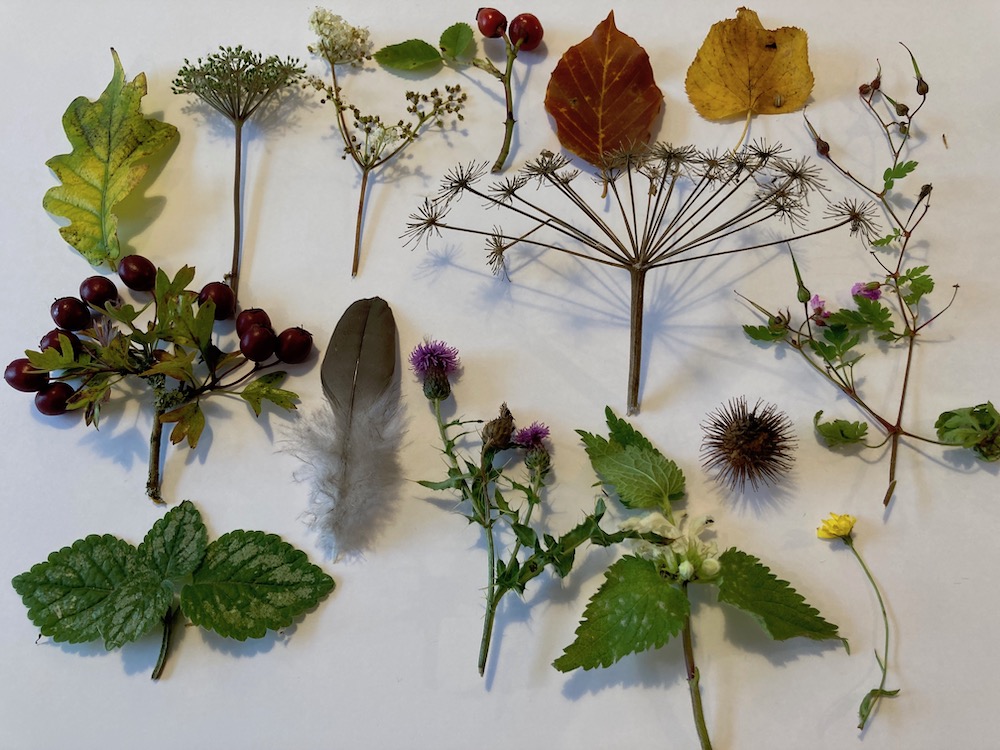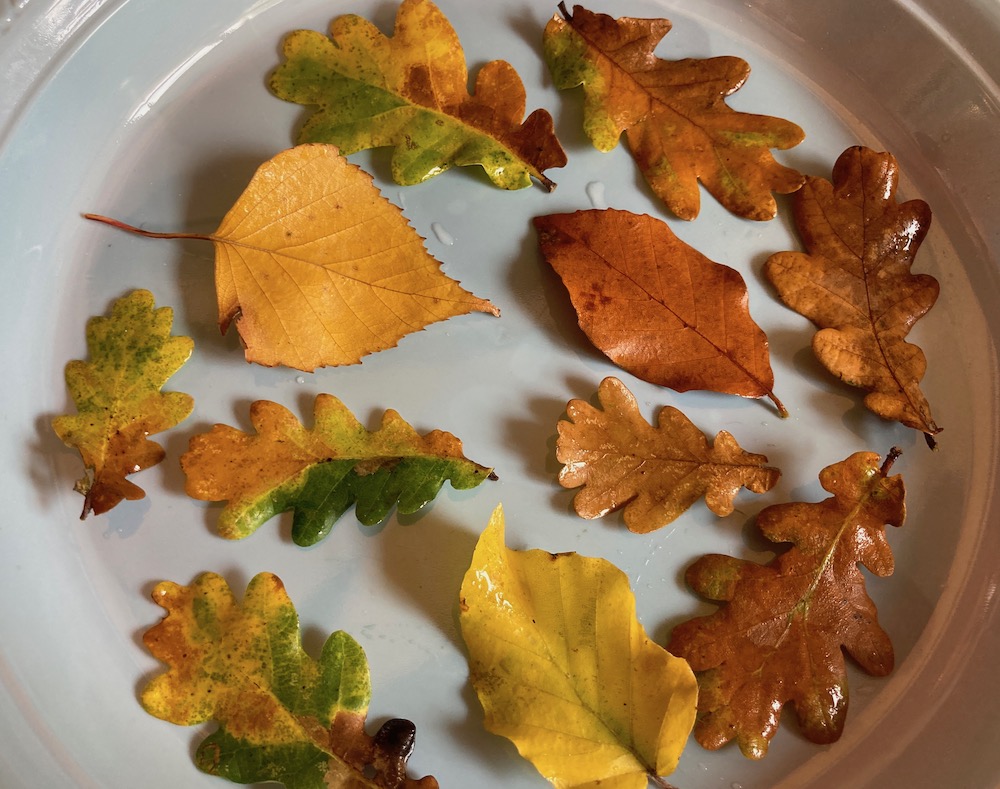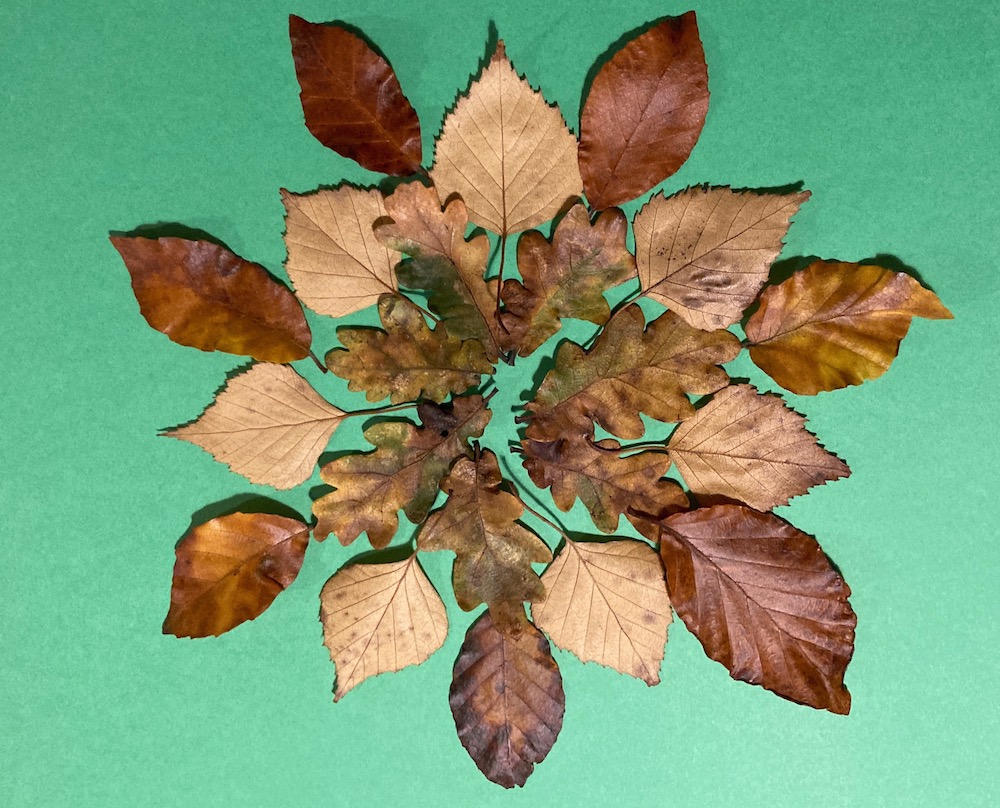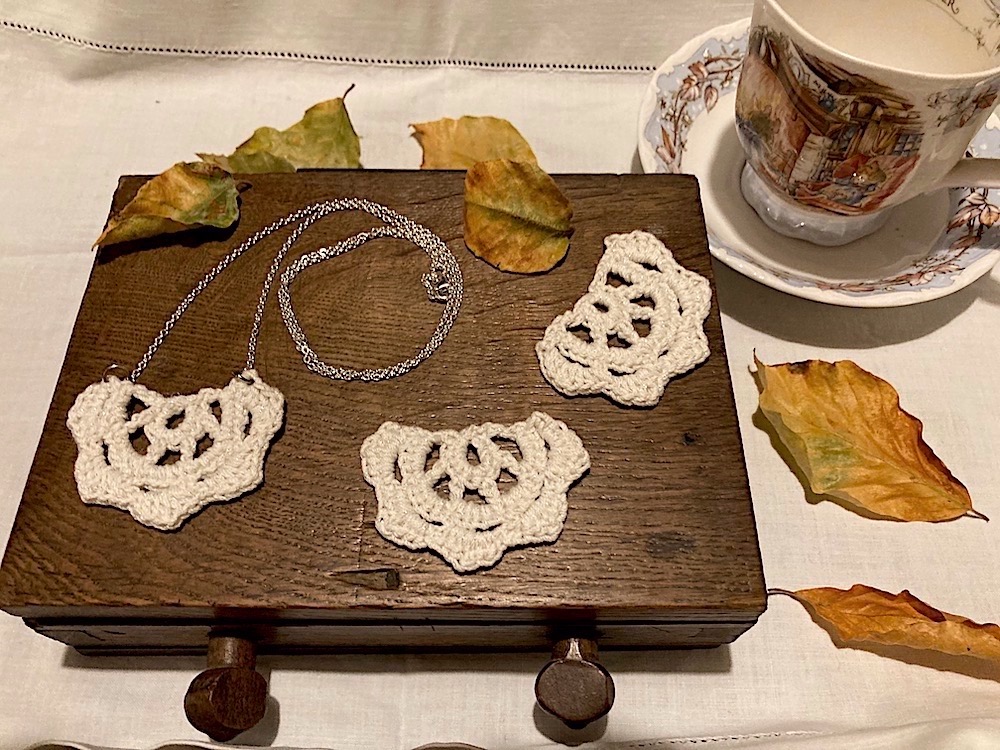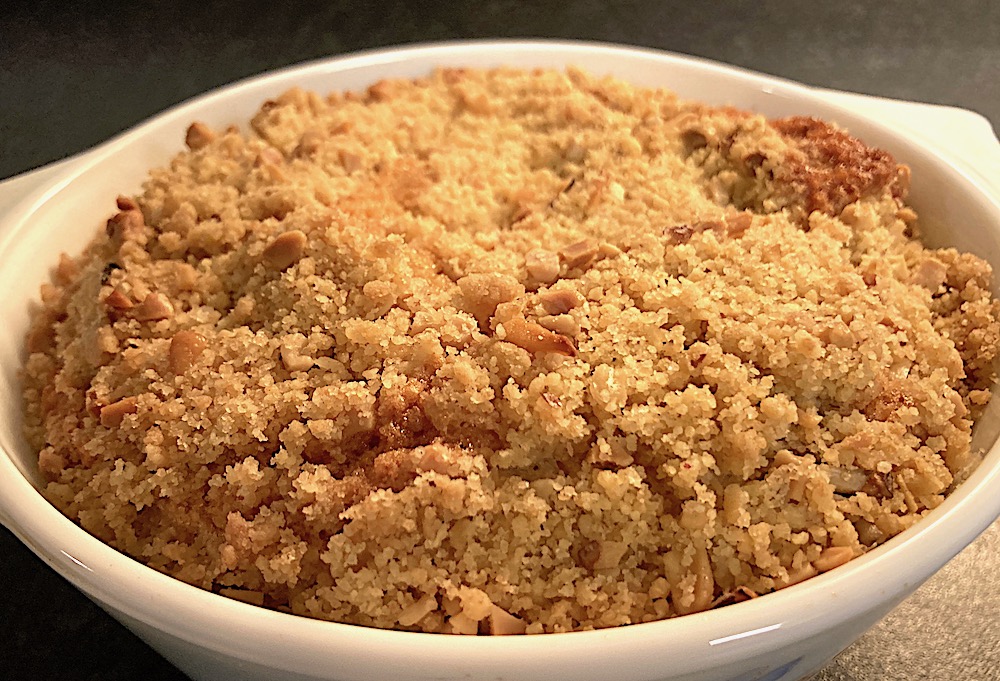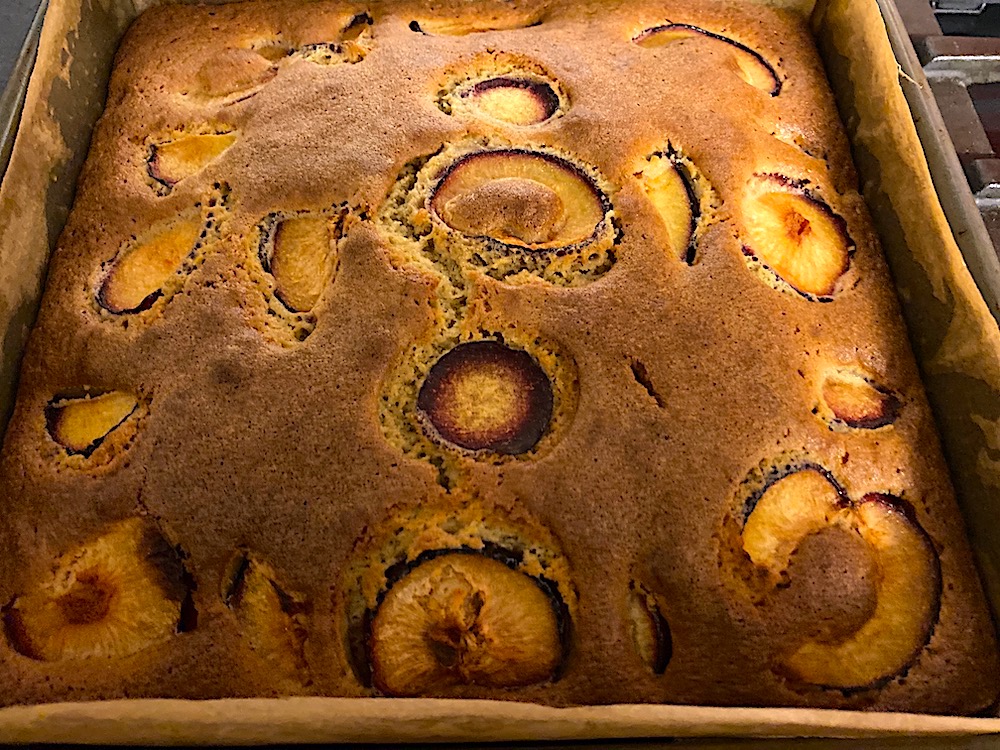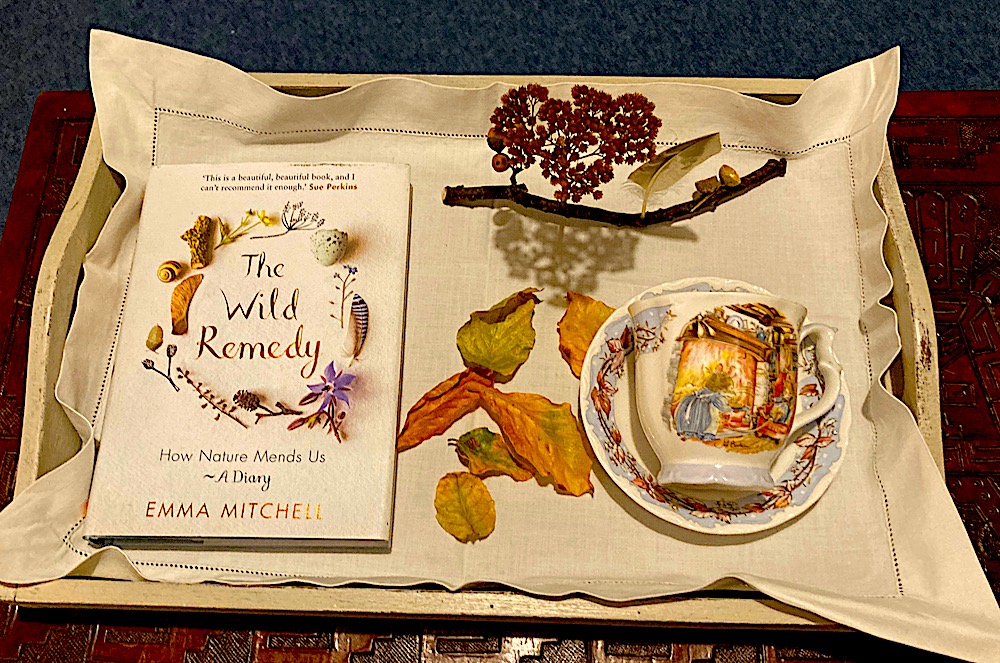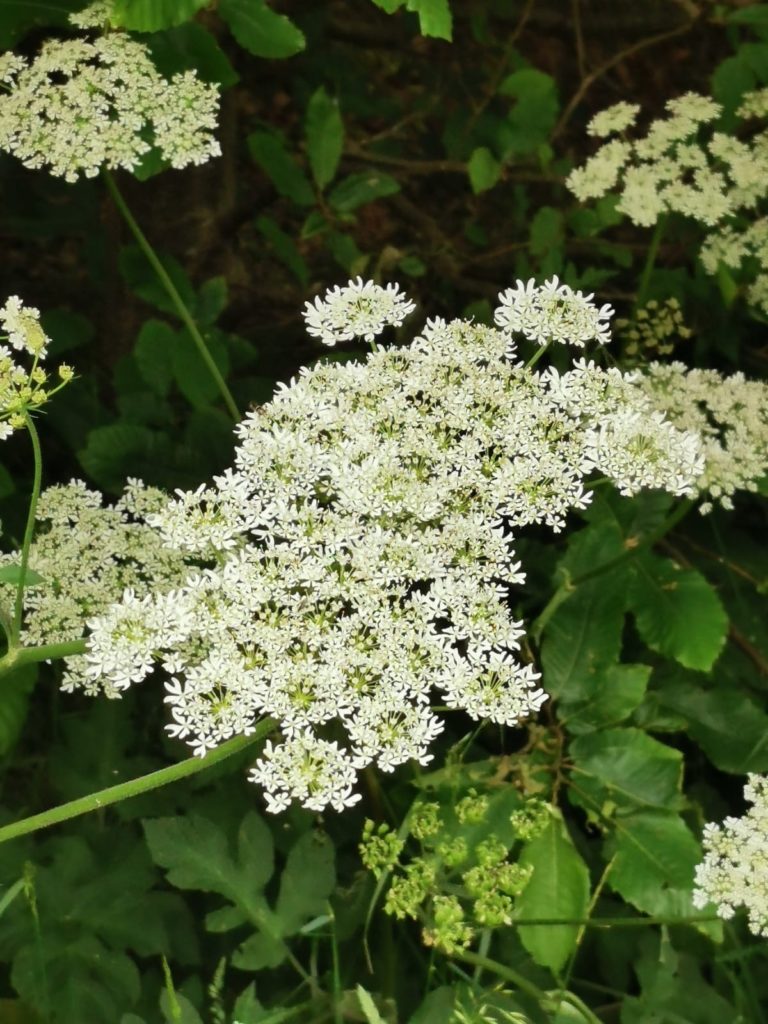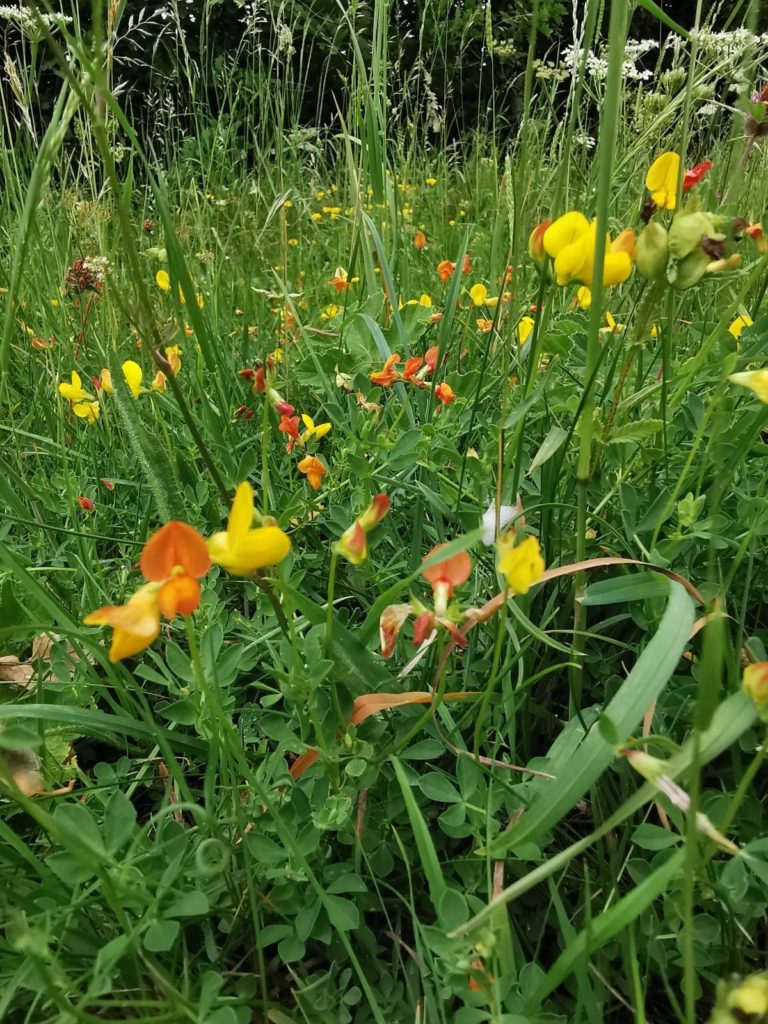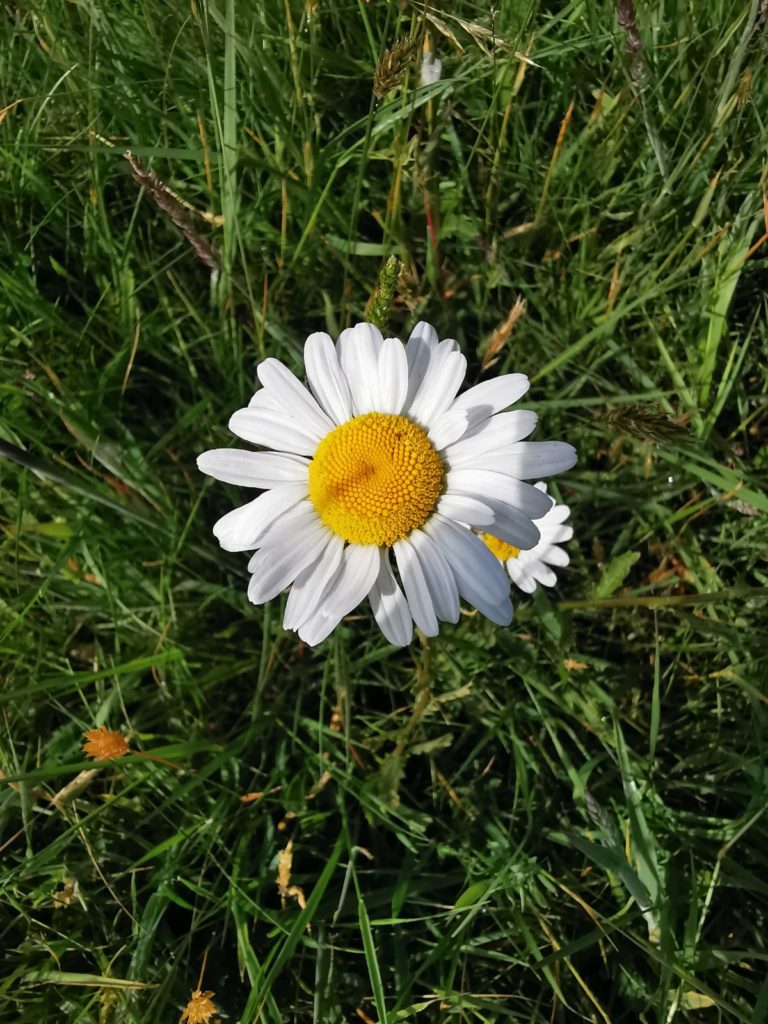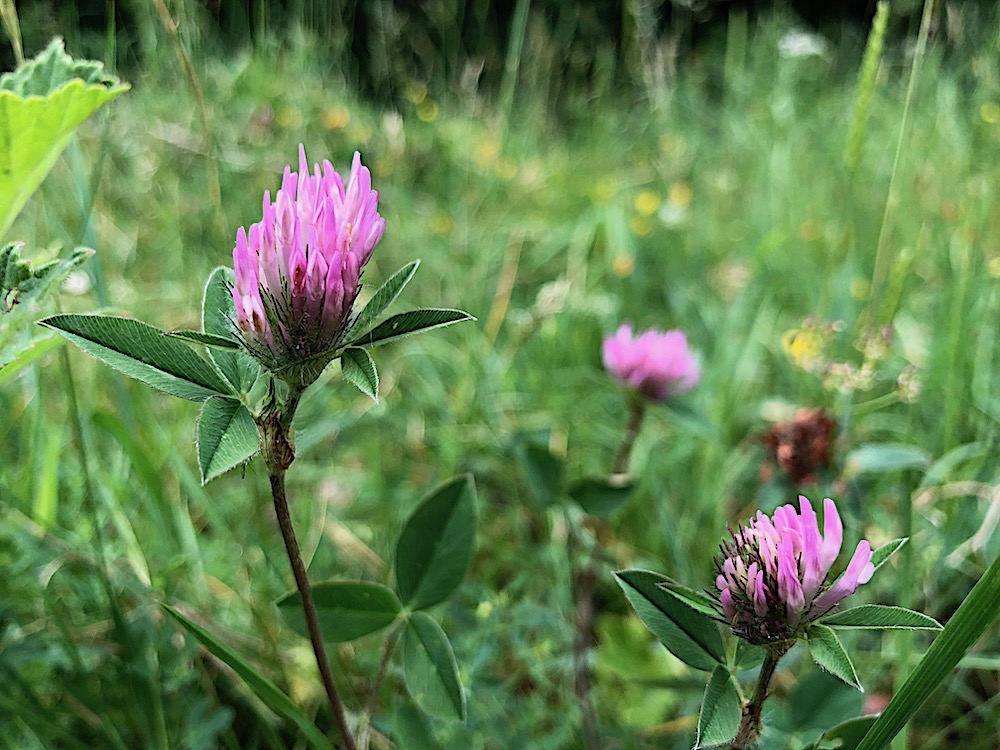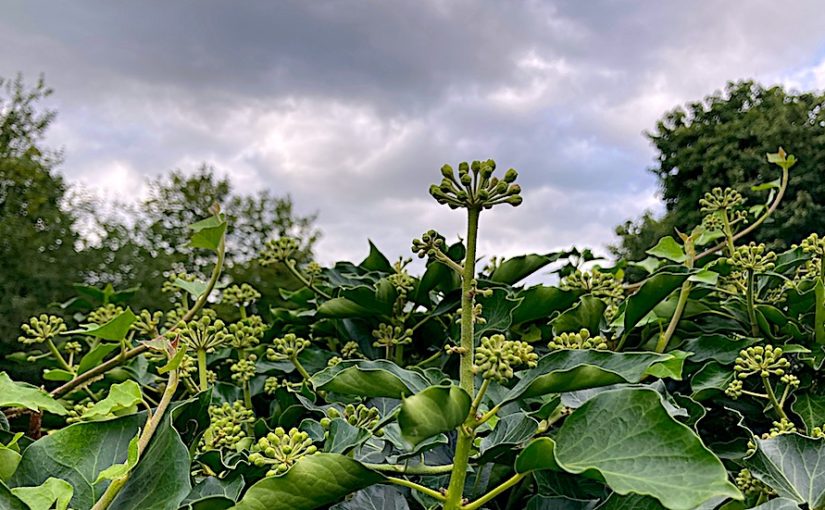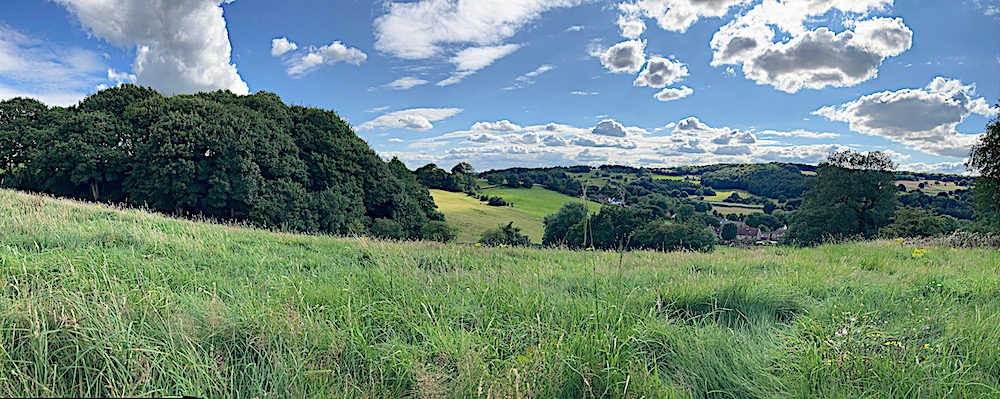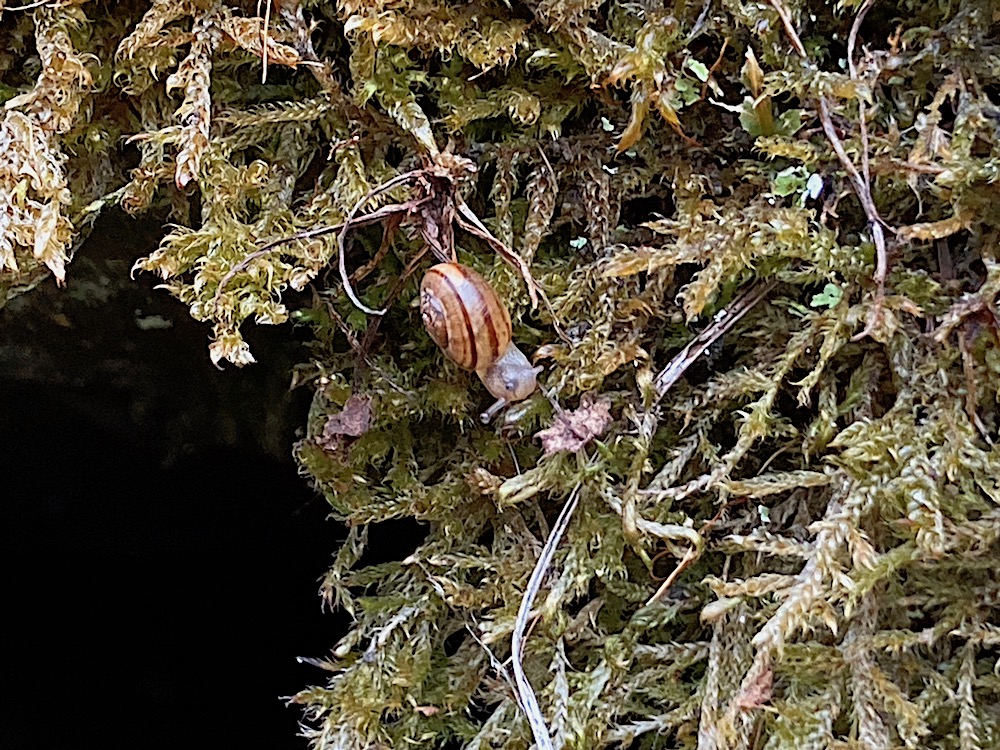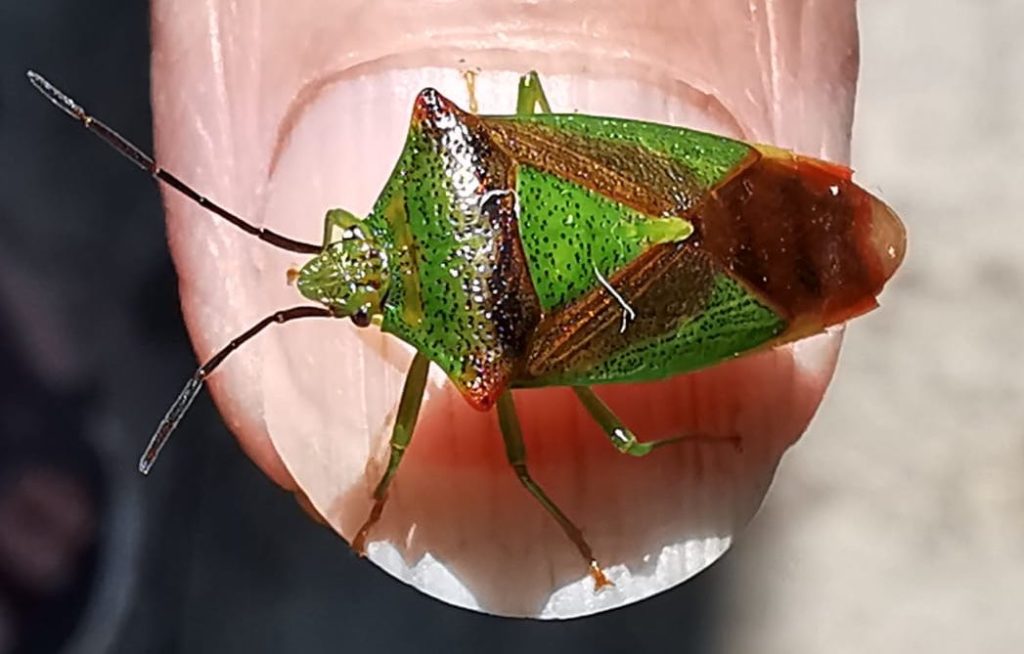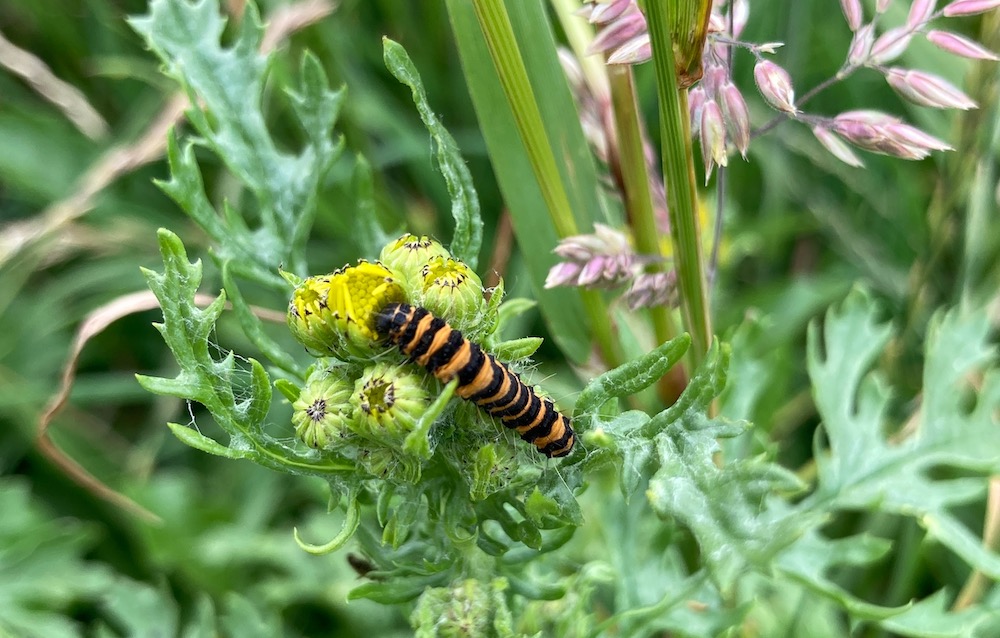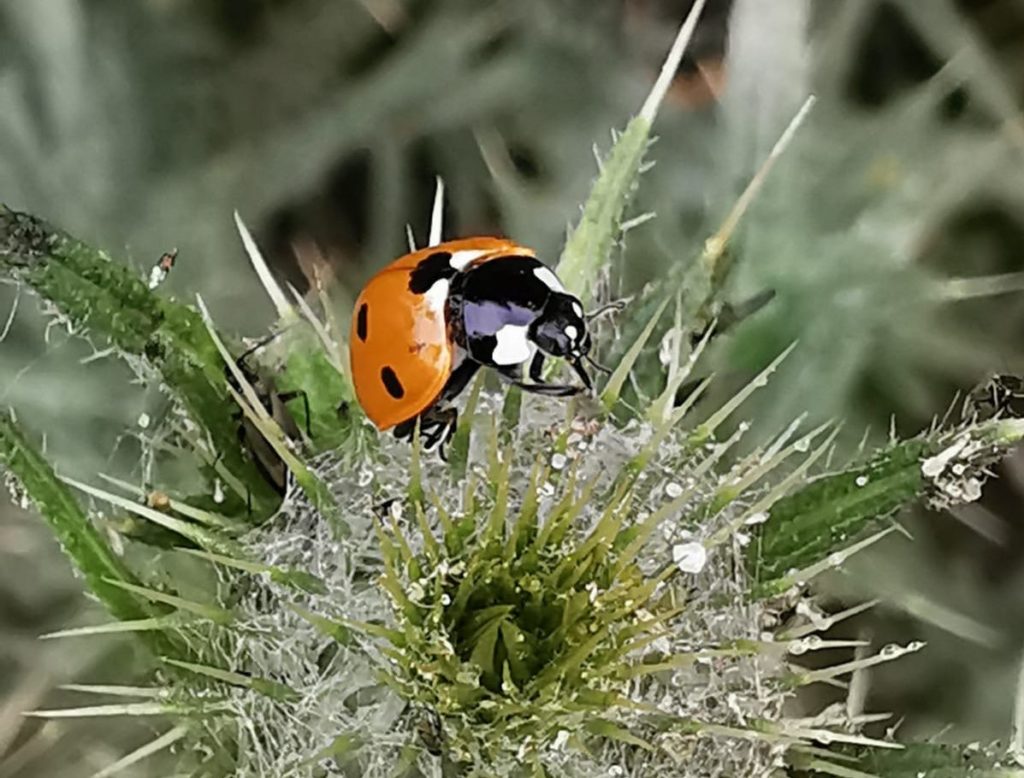Trees are amazing, we need them in so many ways. In Japan people are encouraged to spend time de-stressing amongst trees. Japanese doctors promote forest bathing as a relaxing break from hectic urban life. If you’ve been in a forest, listened to the birds and watched the sunshine filtering through the leaves, you’ve already participated in one of the best things you can do for your physical and mental well-being.
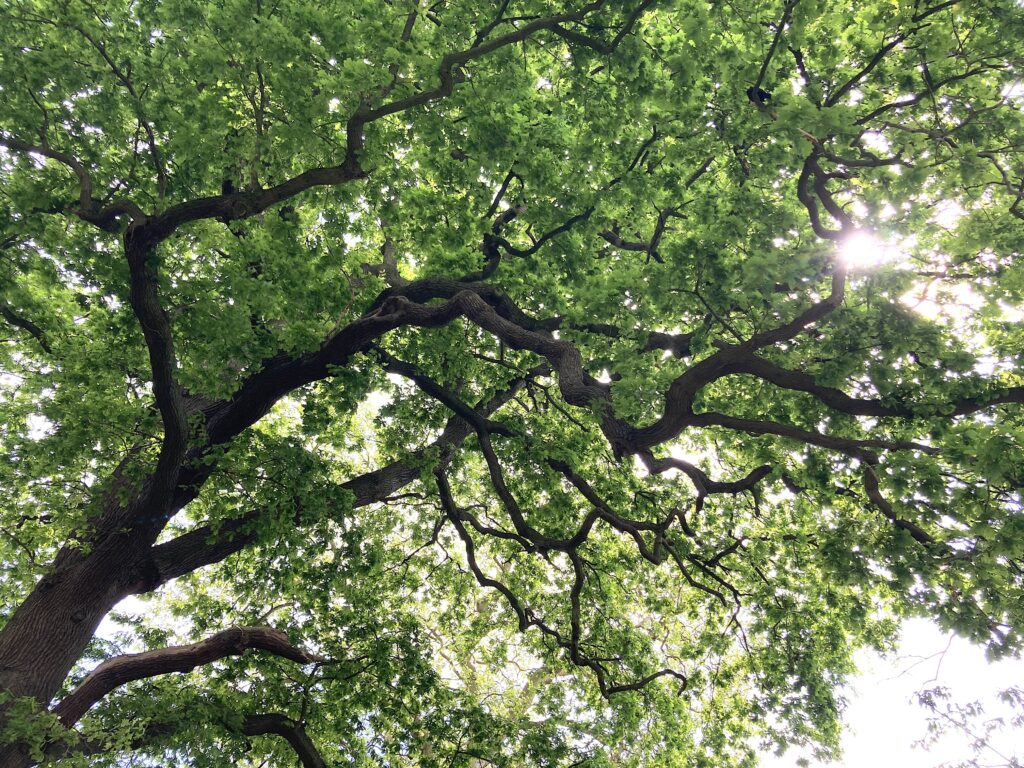
Trees help us breathe, they take in CO2 and give out the oxygen we need to live. They keep us cool by absorbing water and releasing it as water vapour and give us shade and shelter. It’s estimated that trees can reduce the temperature in a city by up to 7°C. They also improve air quality and remove pollutants that could otherwise contribute to health problems. I remember seeing a TV programme about a city school that planted trees around its boundaries, air quality improved, the temperature cooled, noise reduced and most importantly children’s health improved. It’s thought the UK’s ancient woodlands absorb 1.7 tonnes of carbon dioxide every year.
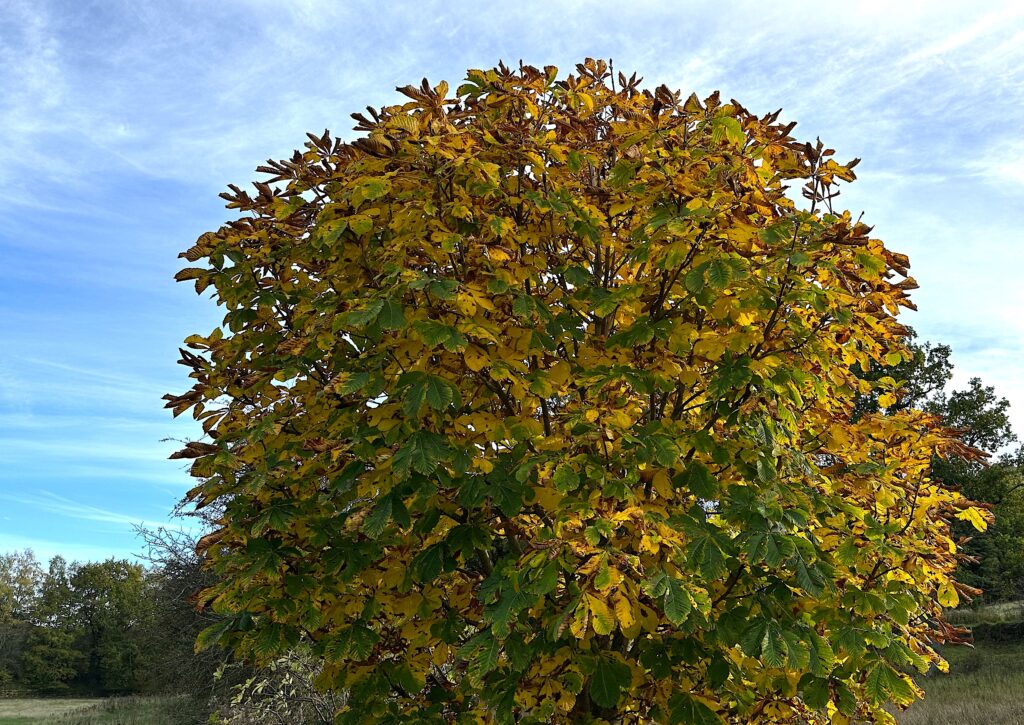
At St Peter’s Church in Belper we are lucky to have 96 trees, at times when branches and leaves have to be cleared it may not always feel like this. Trees are homes to organisms which range from bacteria to fungi, lichens, free algae, mosses, vascular plants, invertebrate animals, birds and mammals. They are also fun, in the National Trust’s list of 50 things to do before you are 11 3/4 the first is, ‘Get to know a tree.’ When I was younger I loved climbing trees and I had a favourite tree in all the woods local to where I lived.
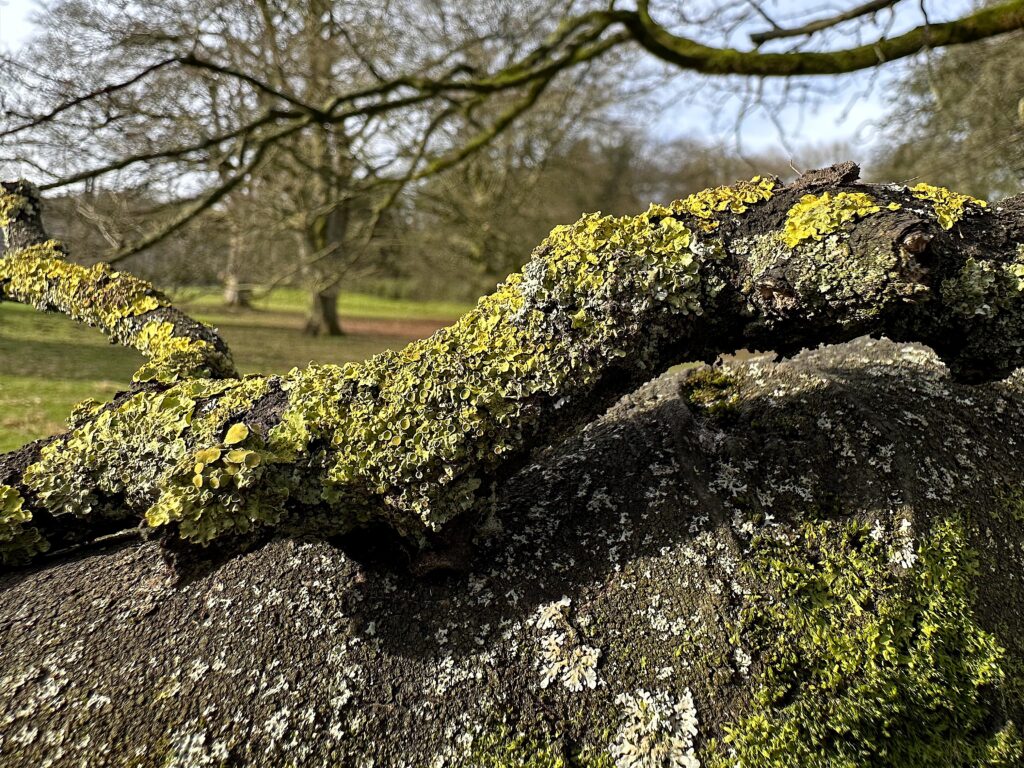
Scientist now believe trees communicate with each other by a common mycorrhizal network. This is an underground network found in forests and other plant communities, created by the hyphae of mycorrhizal fungi joining with plant roots. Harvard University has done some experiments which confirm that trees are indeed communicating and sharing nutrients through their roots, forming a complex system sometimes referred to as the “wood wide web.”
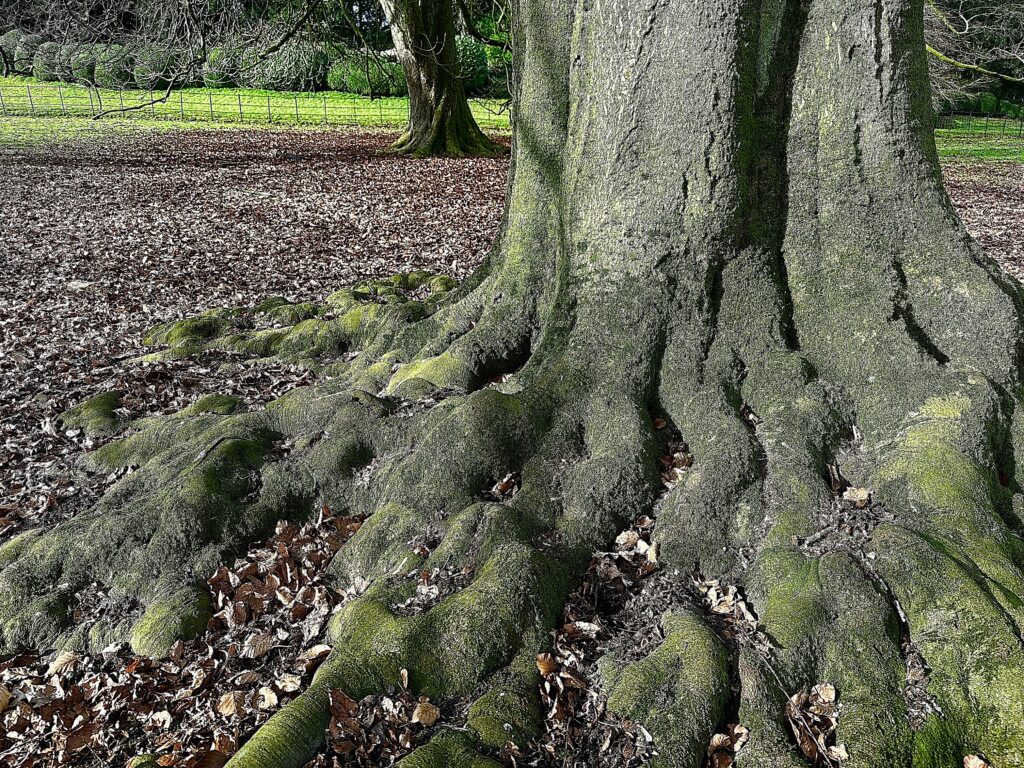
My favourite tree is the English Oak. Oak trees provide a rich habitat and support more life forms than any other native trees.” A single oak tree hosts 532 species of caterpillars. A single oak tree also shelters 147 species of birds, 120 species of mammals, and 60 species of reptiles and amphibians. Dead trees and logs also provide shelter and habitats for fungi, wood-boring insects, woodlice, beetle grubs, wood wasps, spiders, frogs, toads, hedgehogs and birds. A simple pile of logs can very quickly become a flourishing wildlife community, including, ants, beetles, snails and squirrels. Its is possible to provide a small log pile in the smallest garden and a delight to watch birds such as the wren looking for food in this habitat.
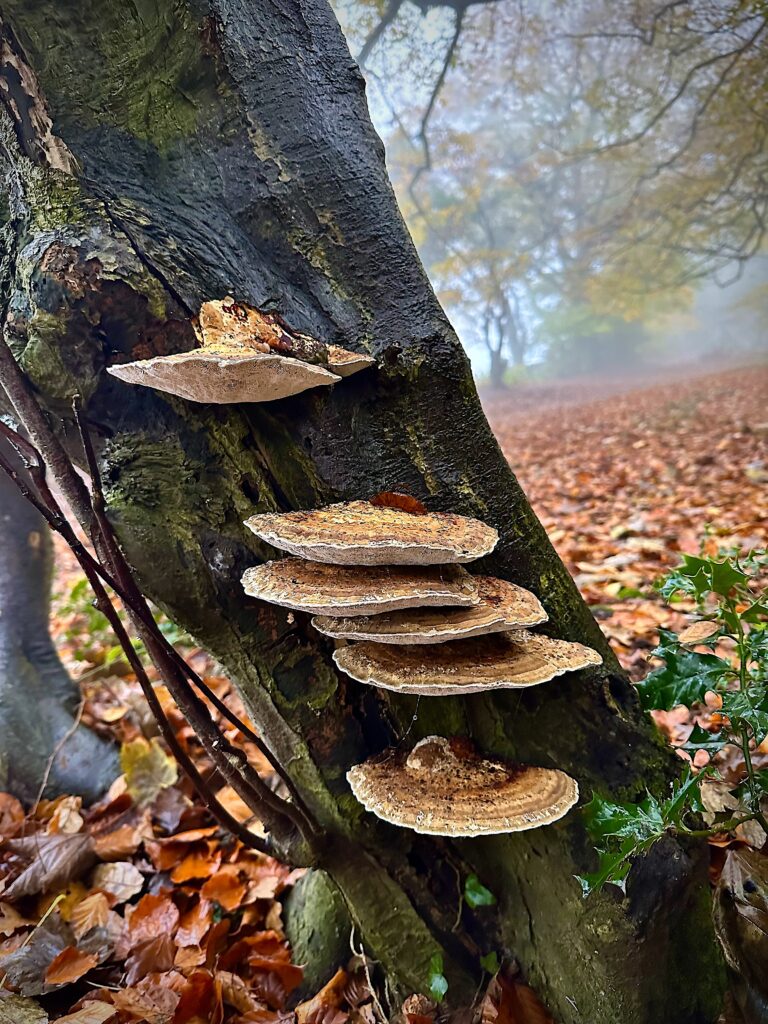
I have noticed King Alfred’s Cake fungi on the trunk of the odd shaped tree on the south side of St Peter’s church Belper. The fungus gets its name from the traditional tale of King Alfred who lived in the 9th century when parts of Britain had been over run by Vikings. The story says that the king was taking refuge from the Vikings in a peasant’s home in 878 AD. He forgot to watch some cakes baking on the hearth and was scolded by the women when they burnt. Looking at the fruiting bodies, it’s not a stretch to see their resemblance to burnt buns. This species is also known as a tinder bracket. It has been used for thousands of years as portable fire lighting material. Once a spark is created by hitting flints together or creating friction between pieces of wood this fungi can easily catch fire. It is said to have been used to carry fire from place to place as it burns very slowly. It may look as though it has gone out but once blown on, flames appear. It is also known as ‘carbon balls’ or ‘coal fungus’.
